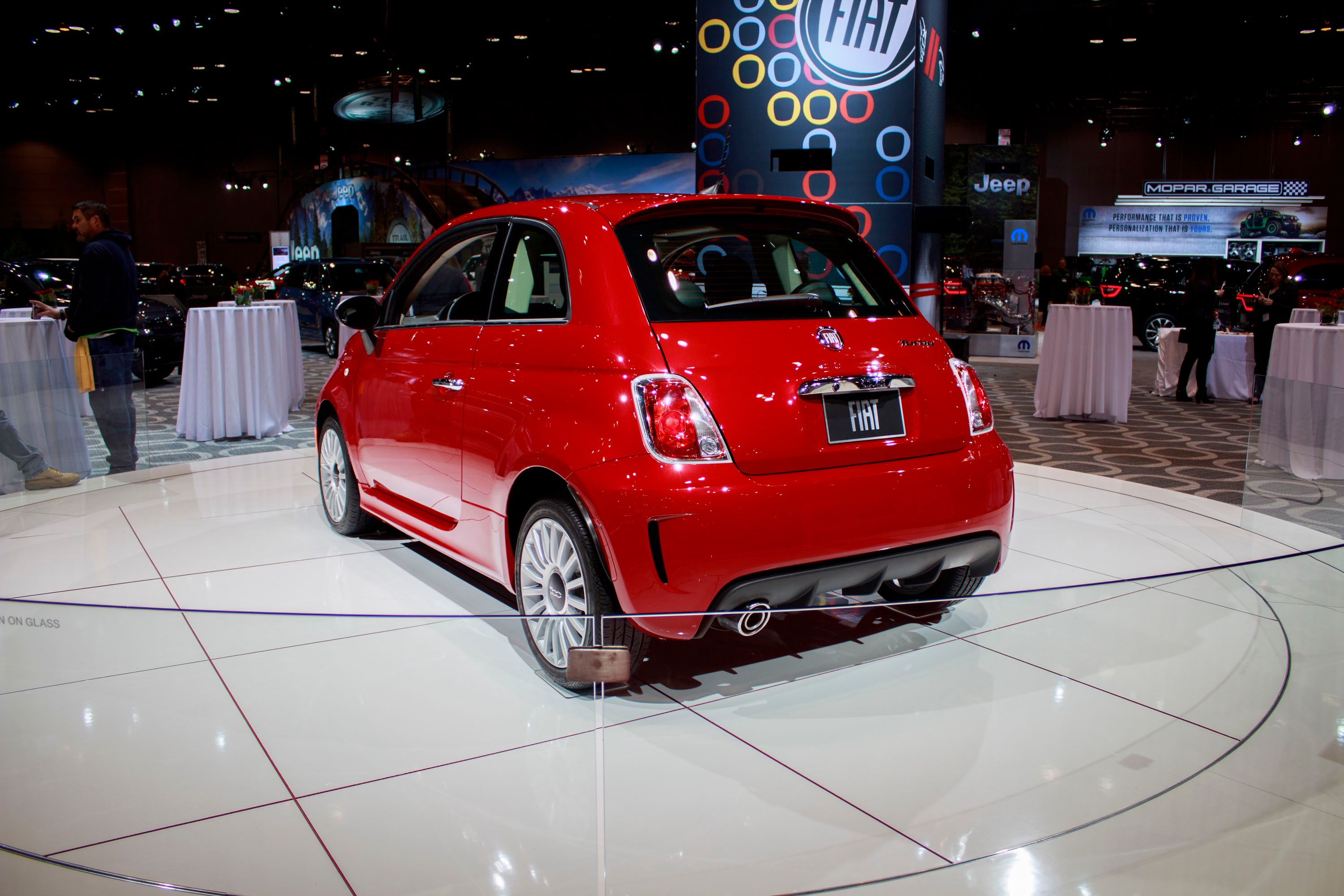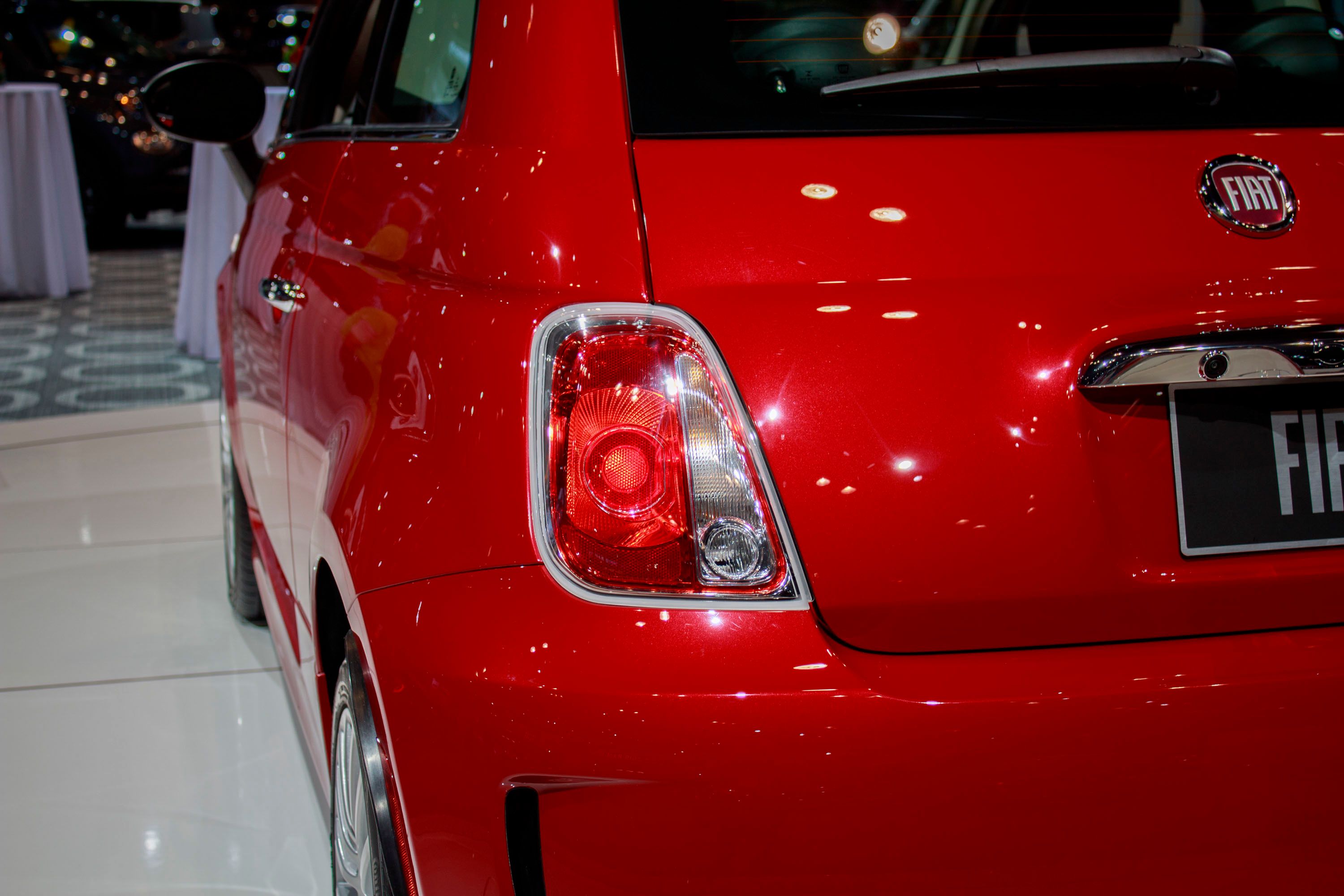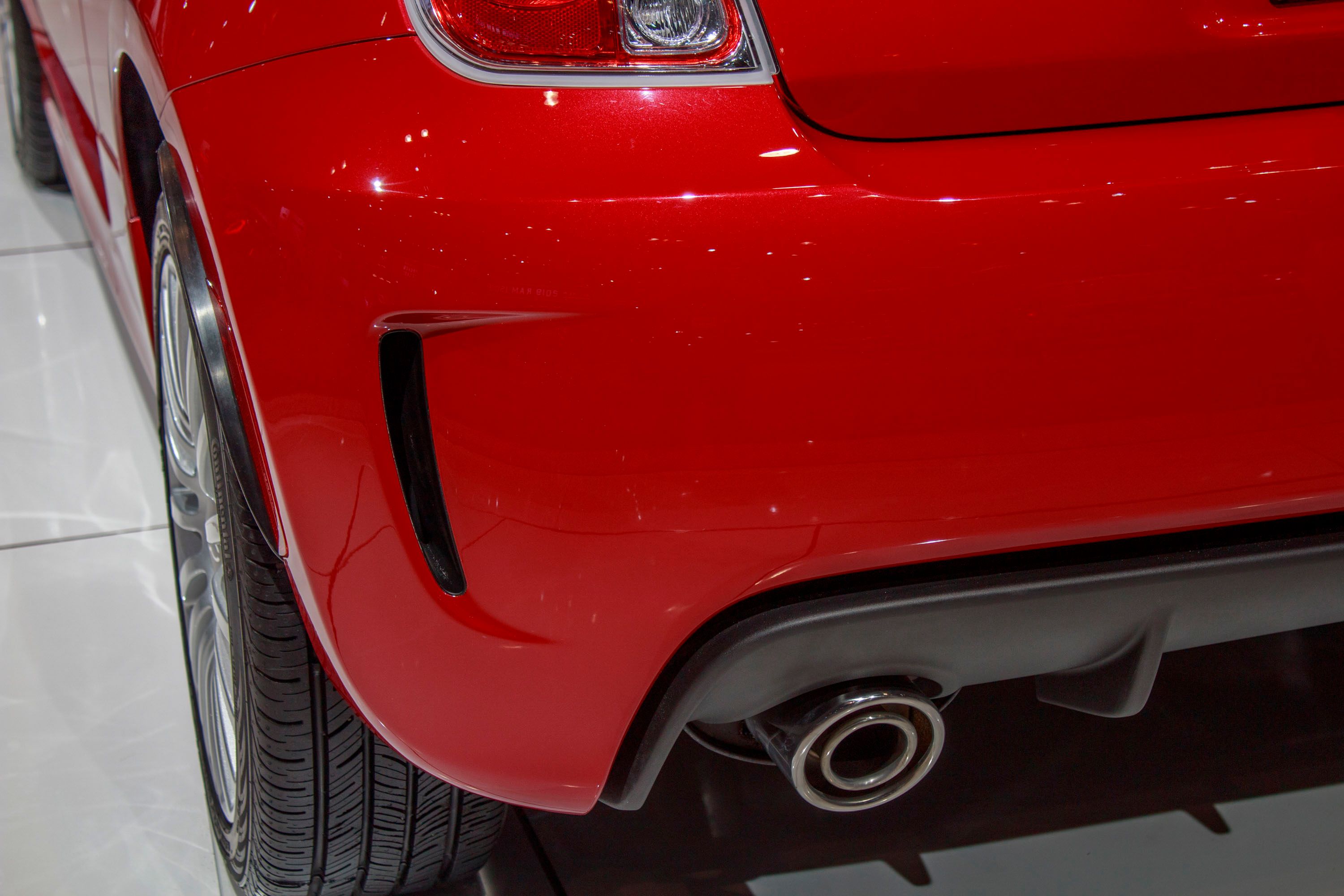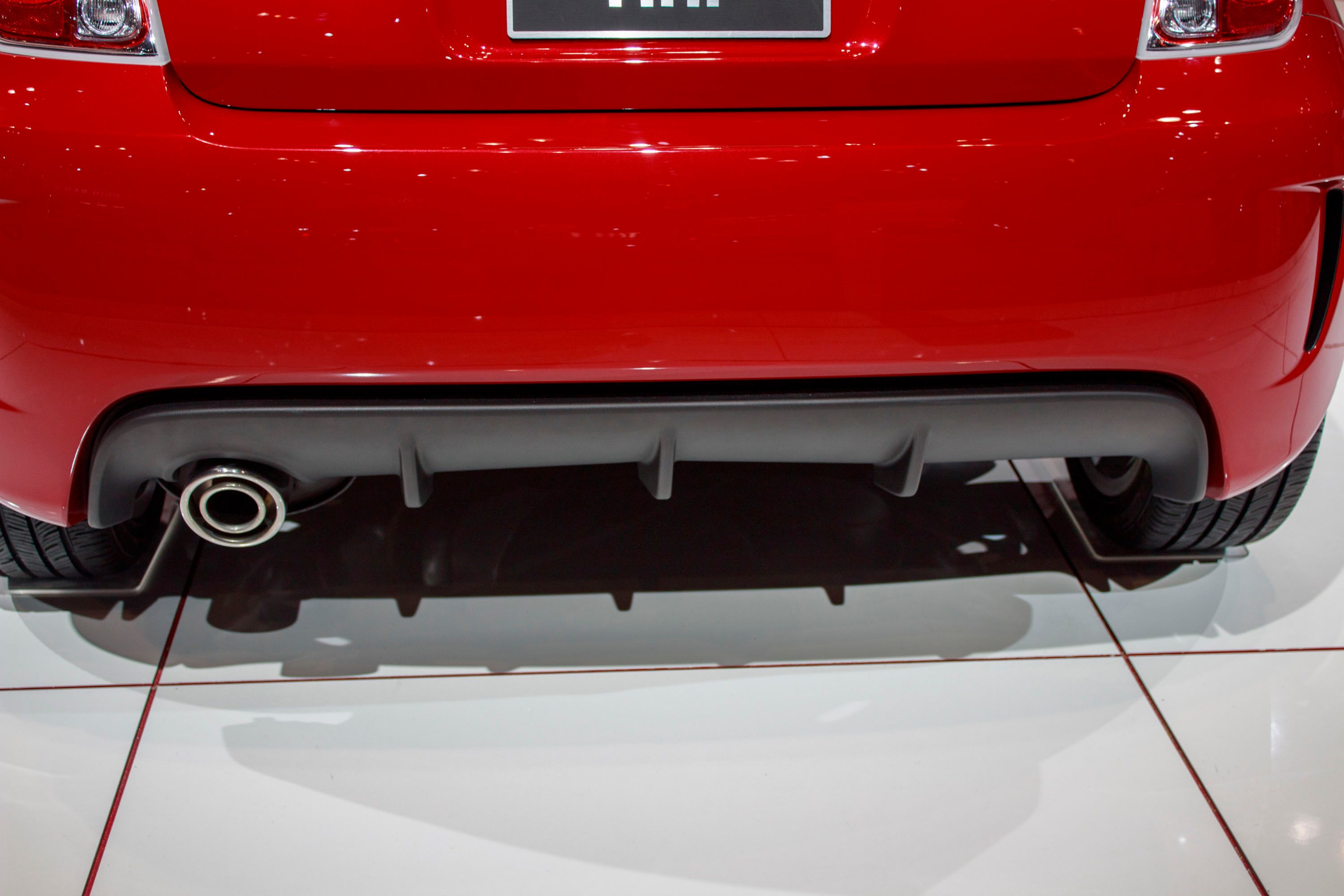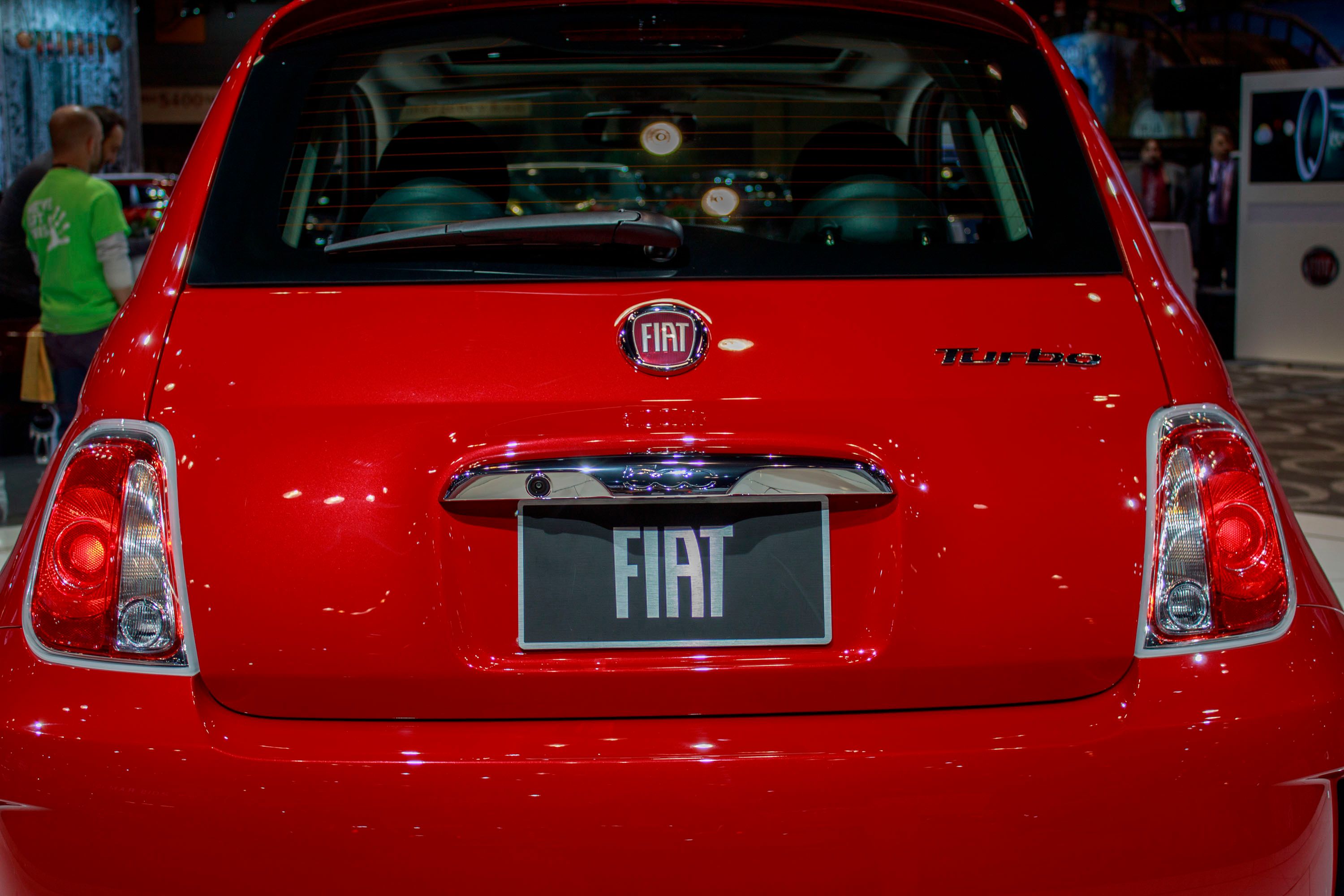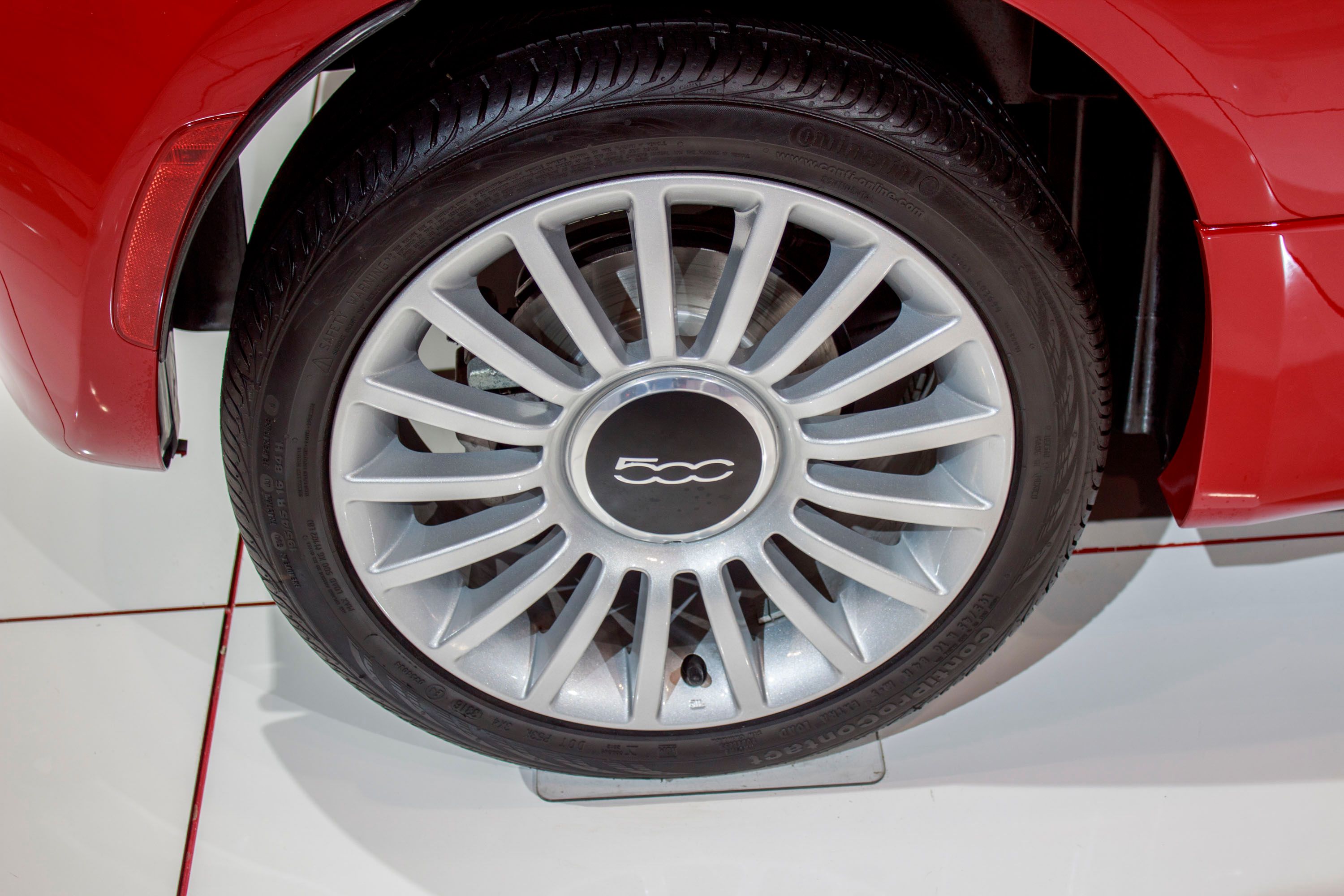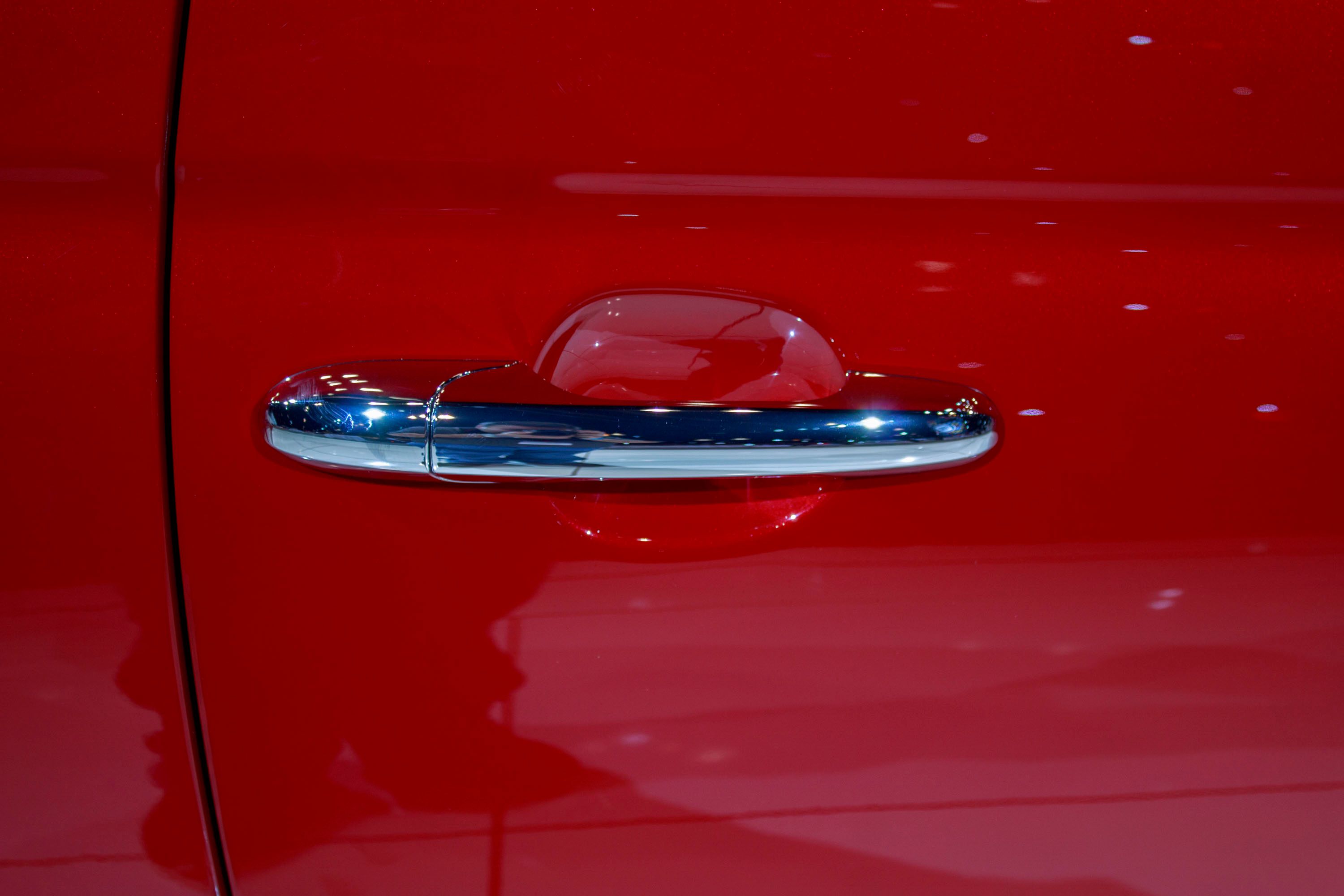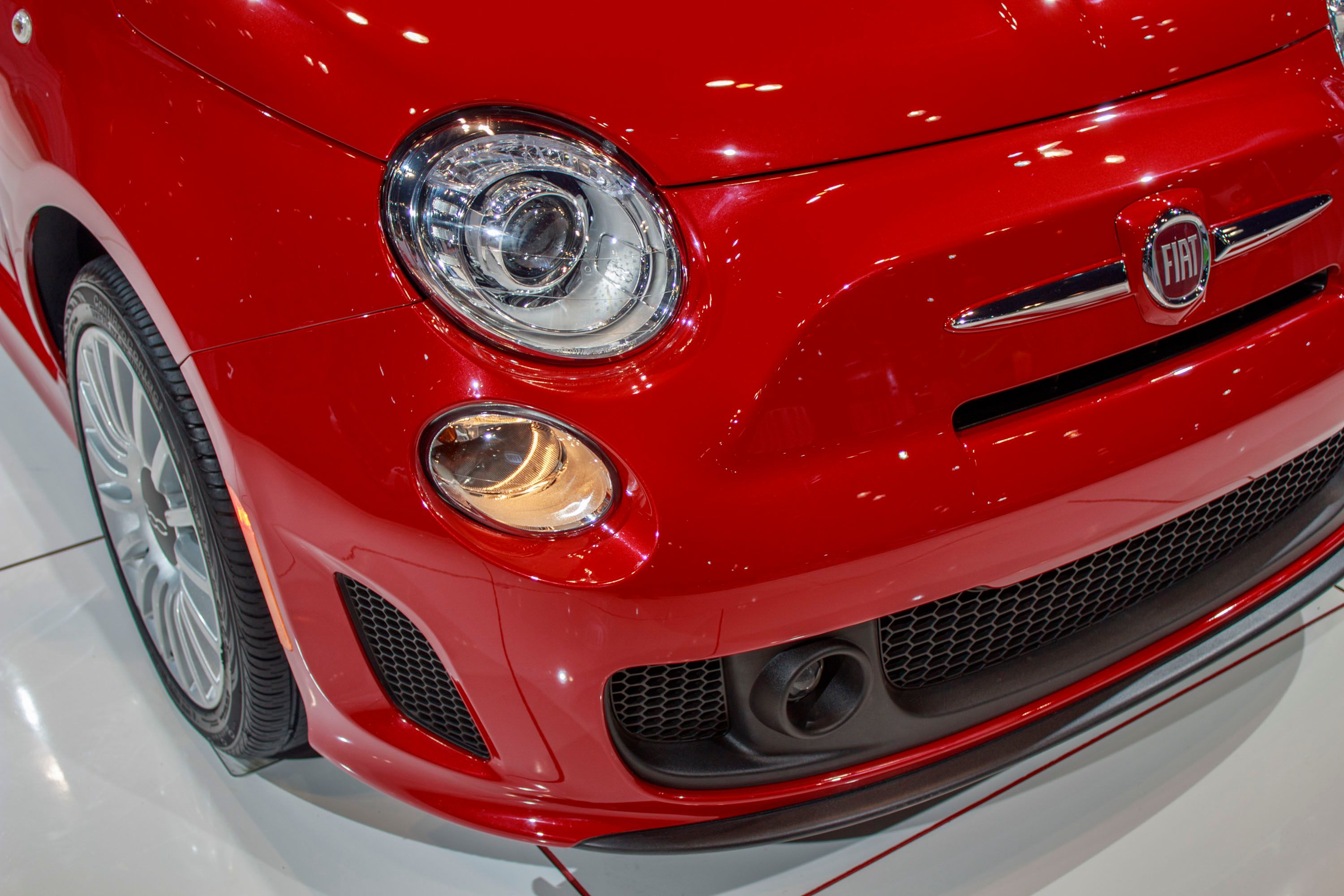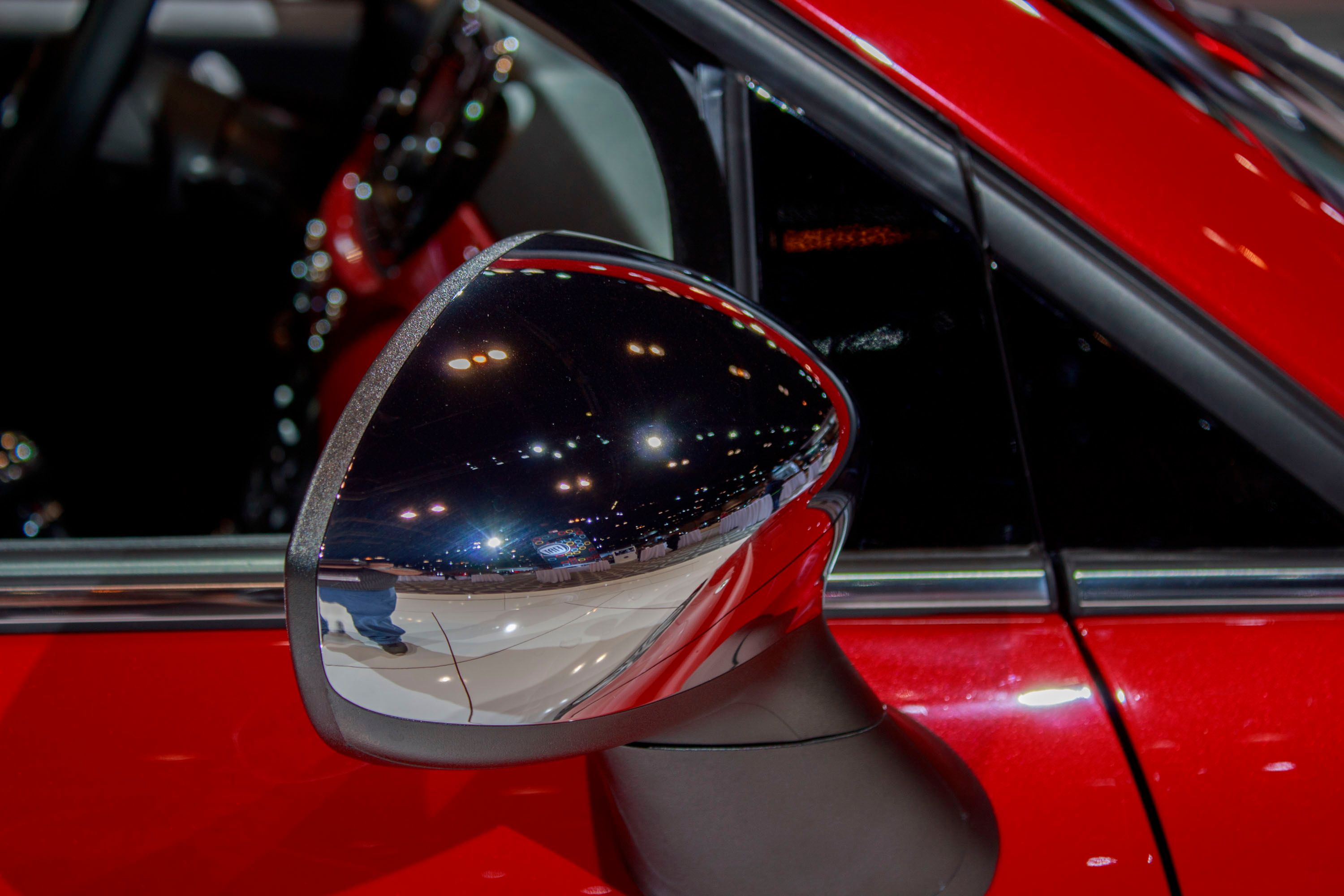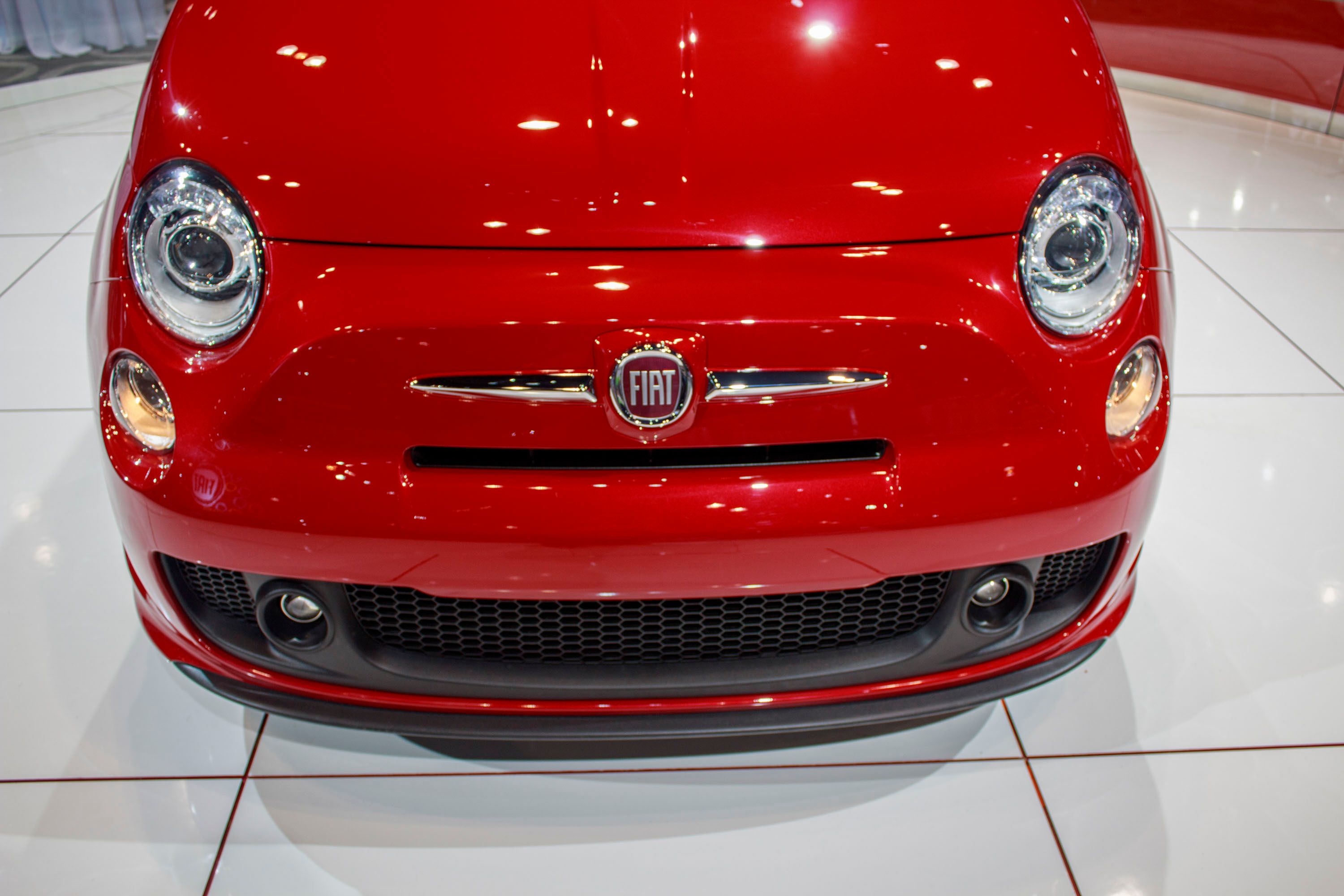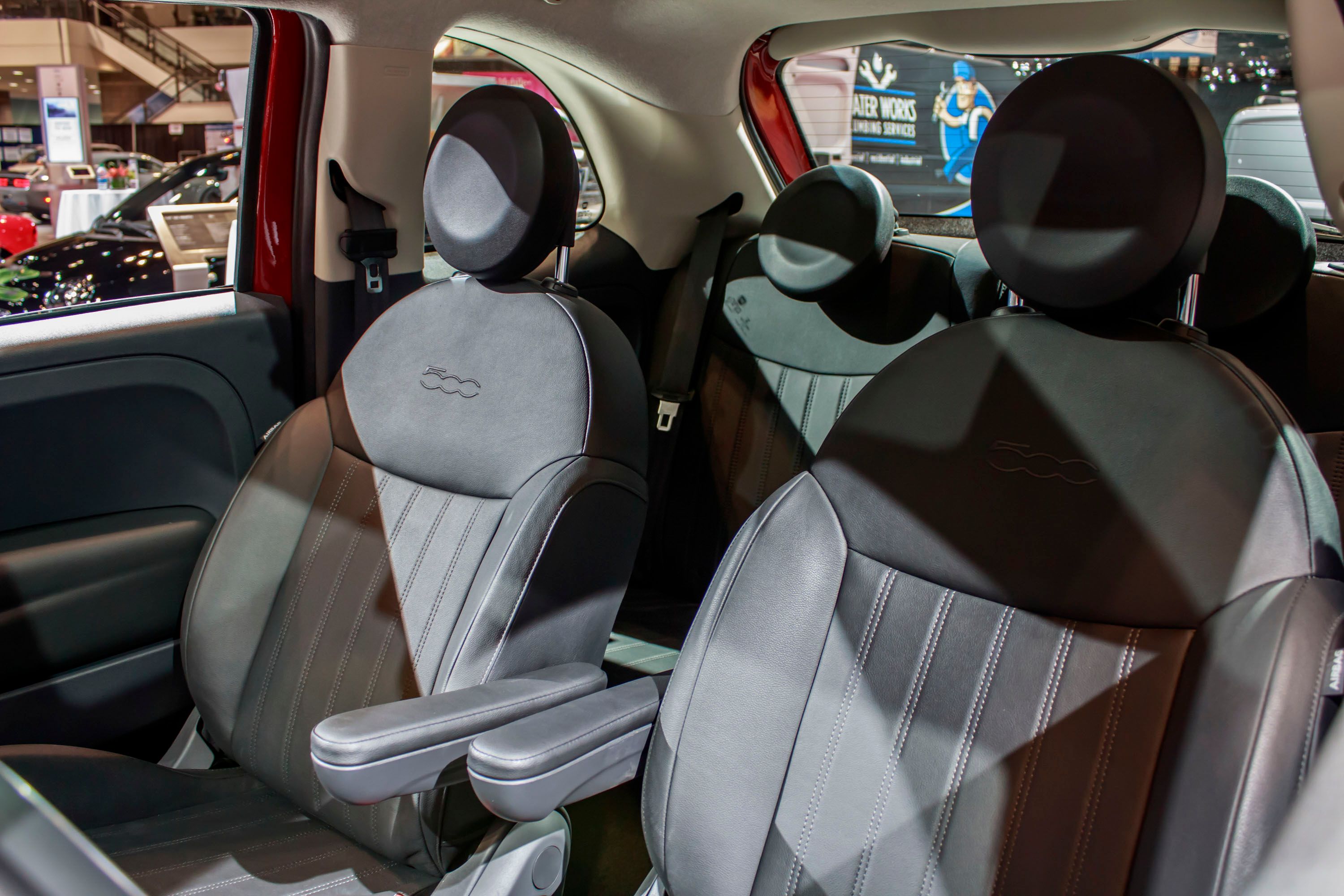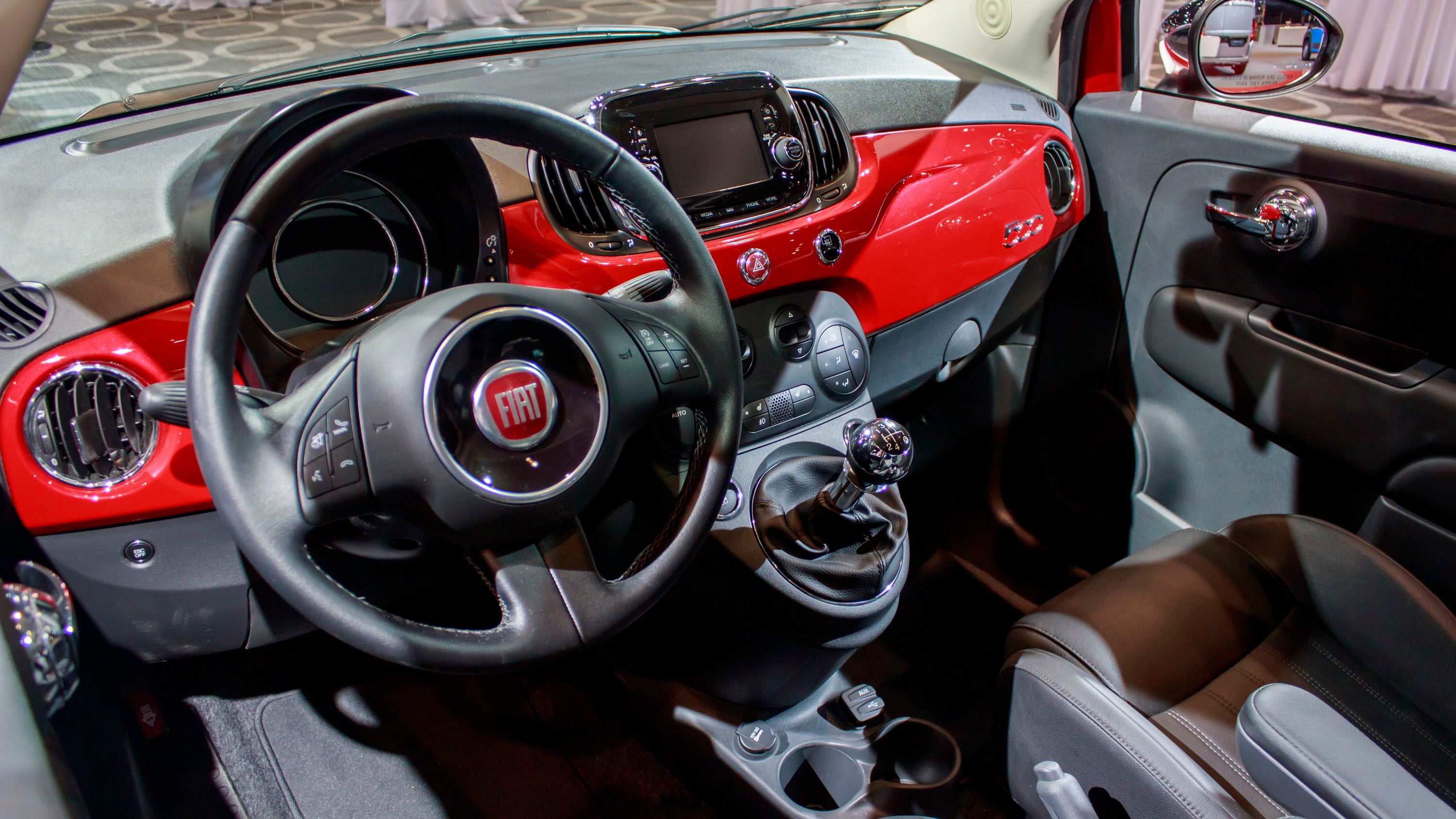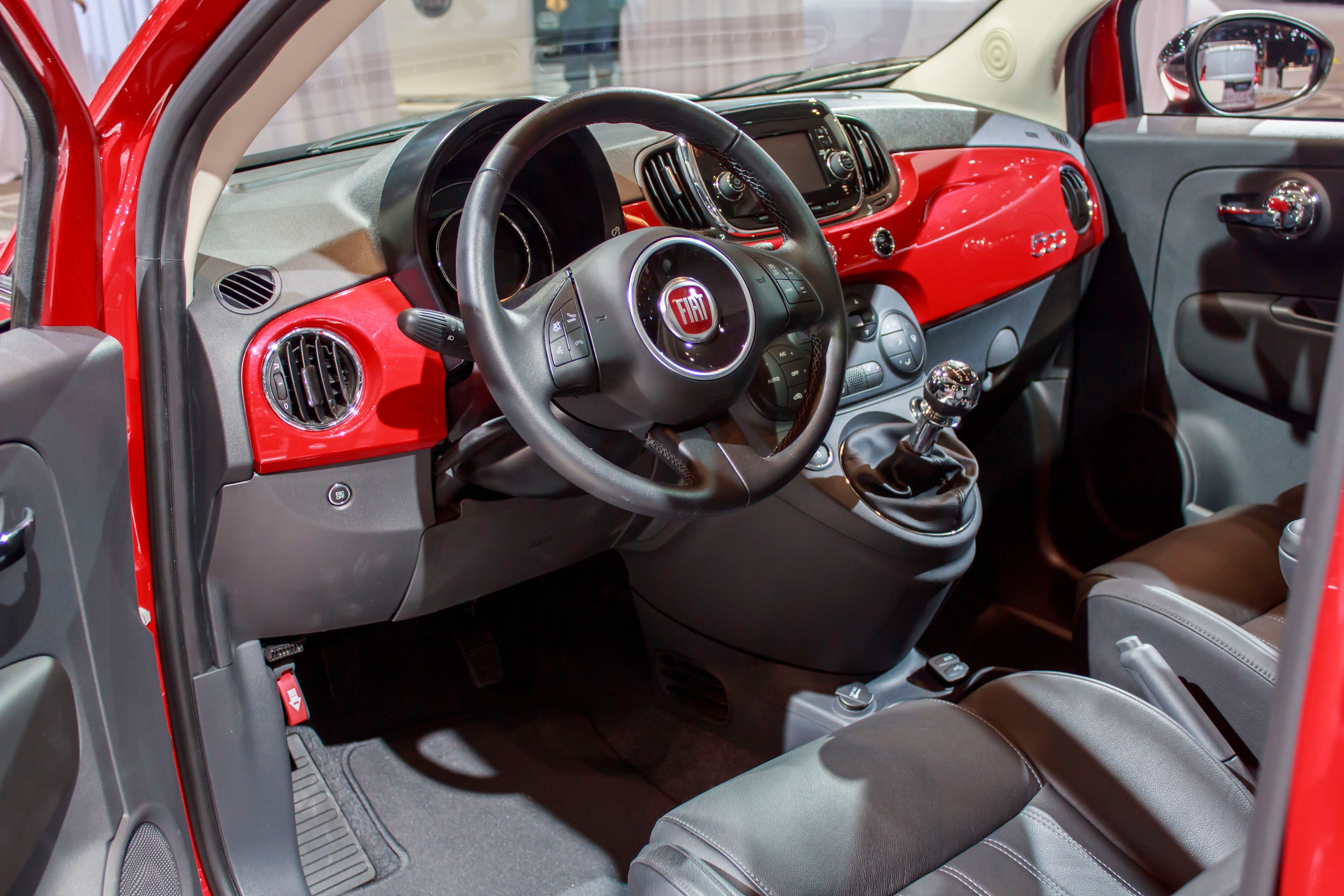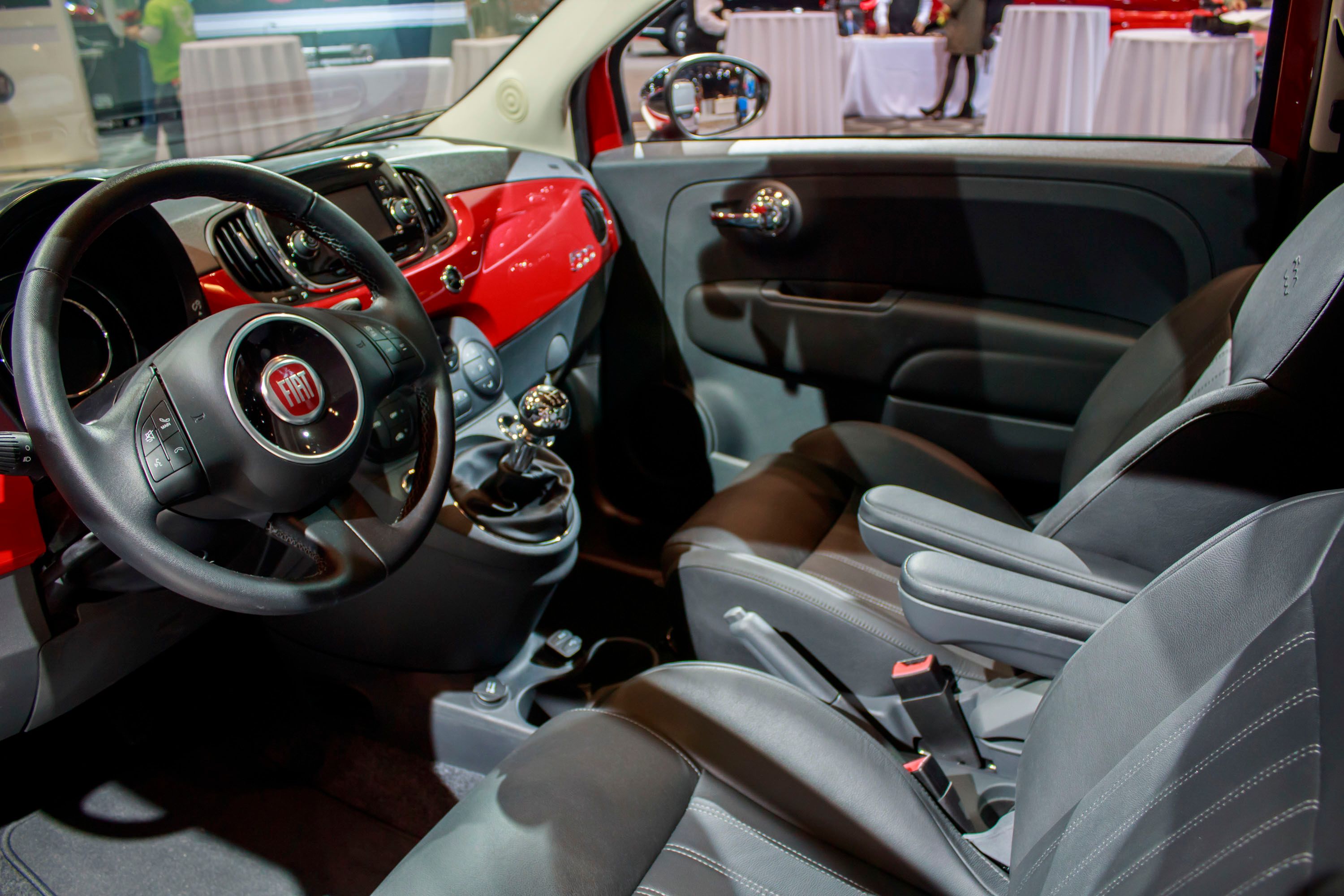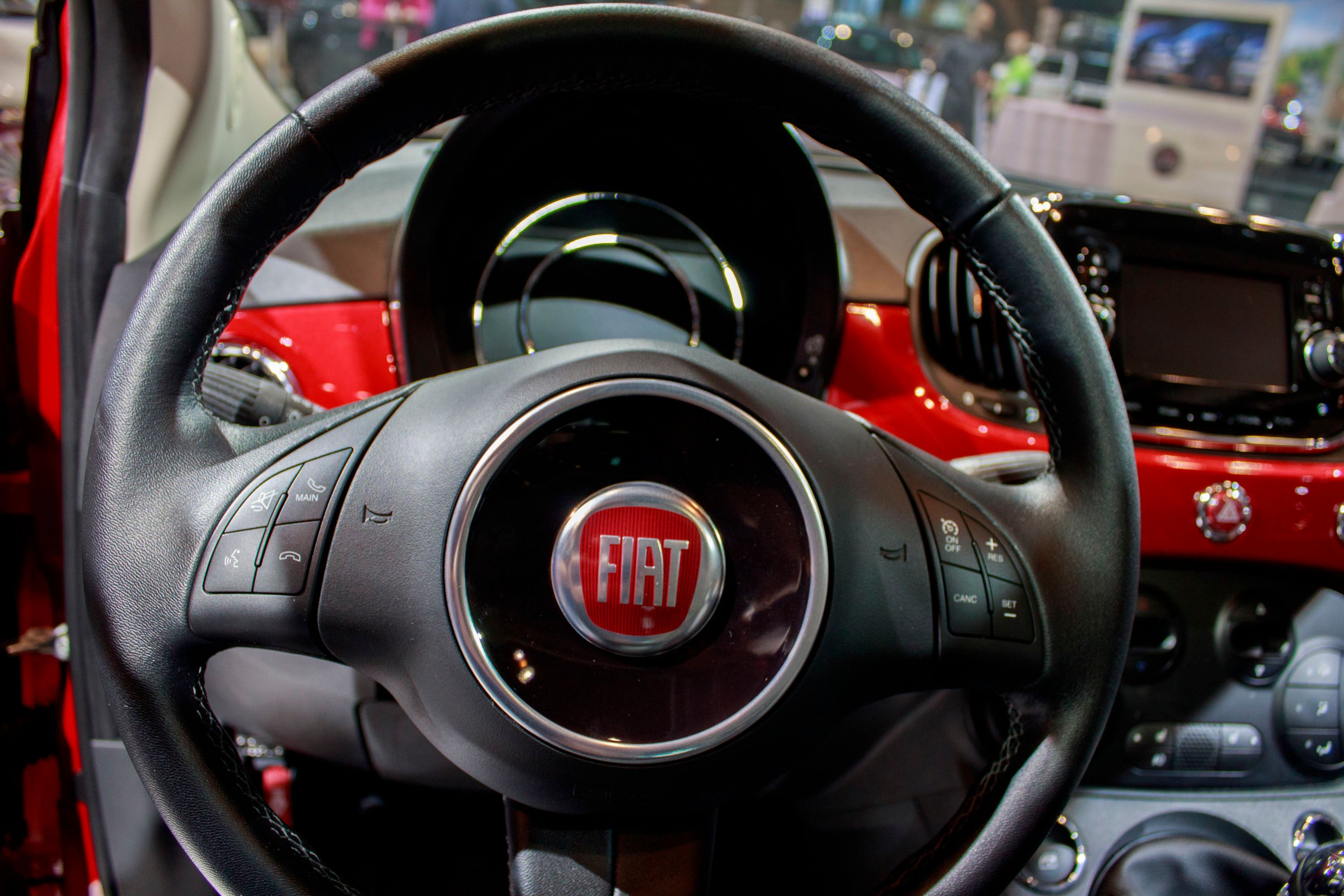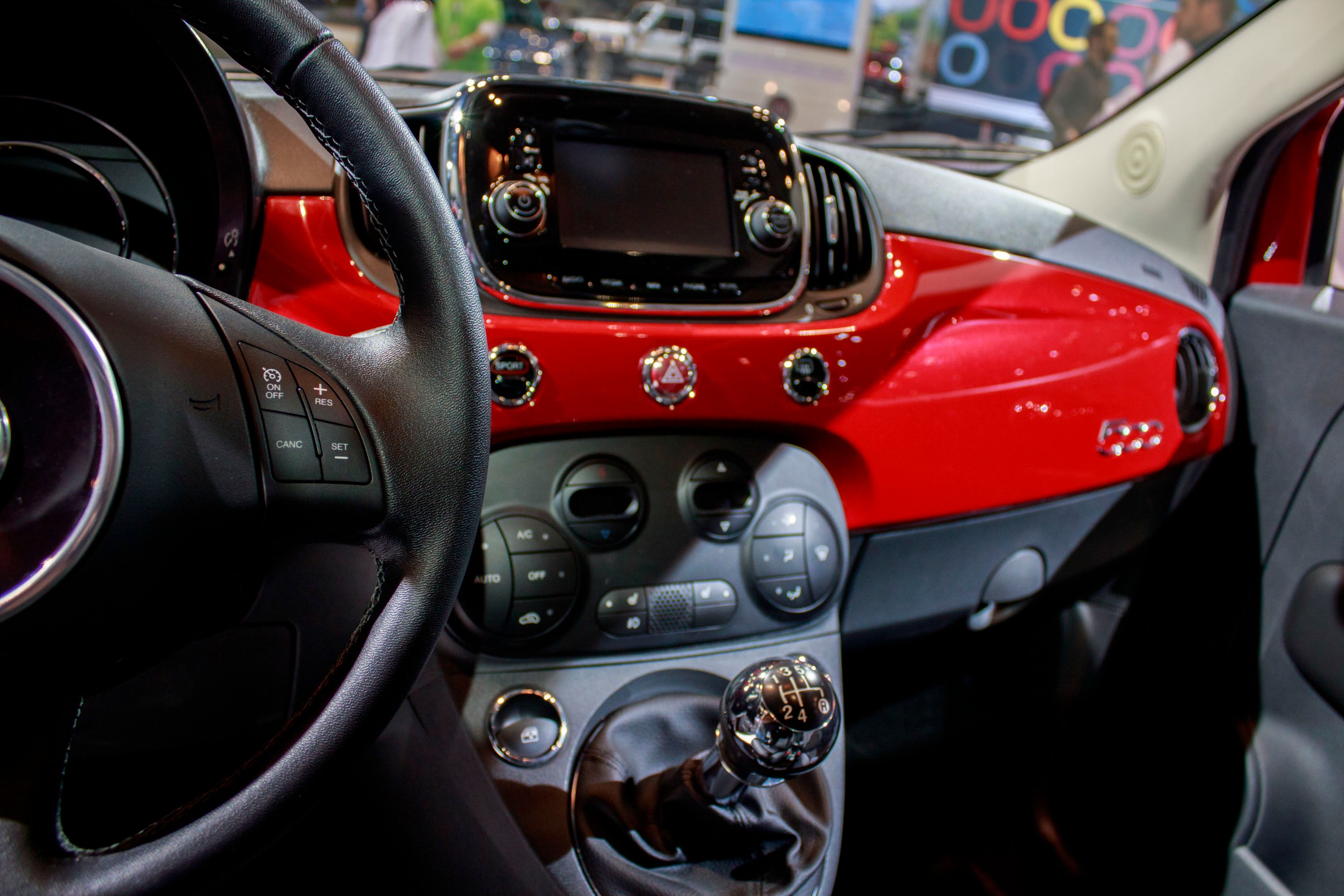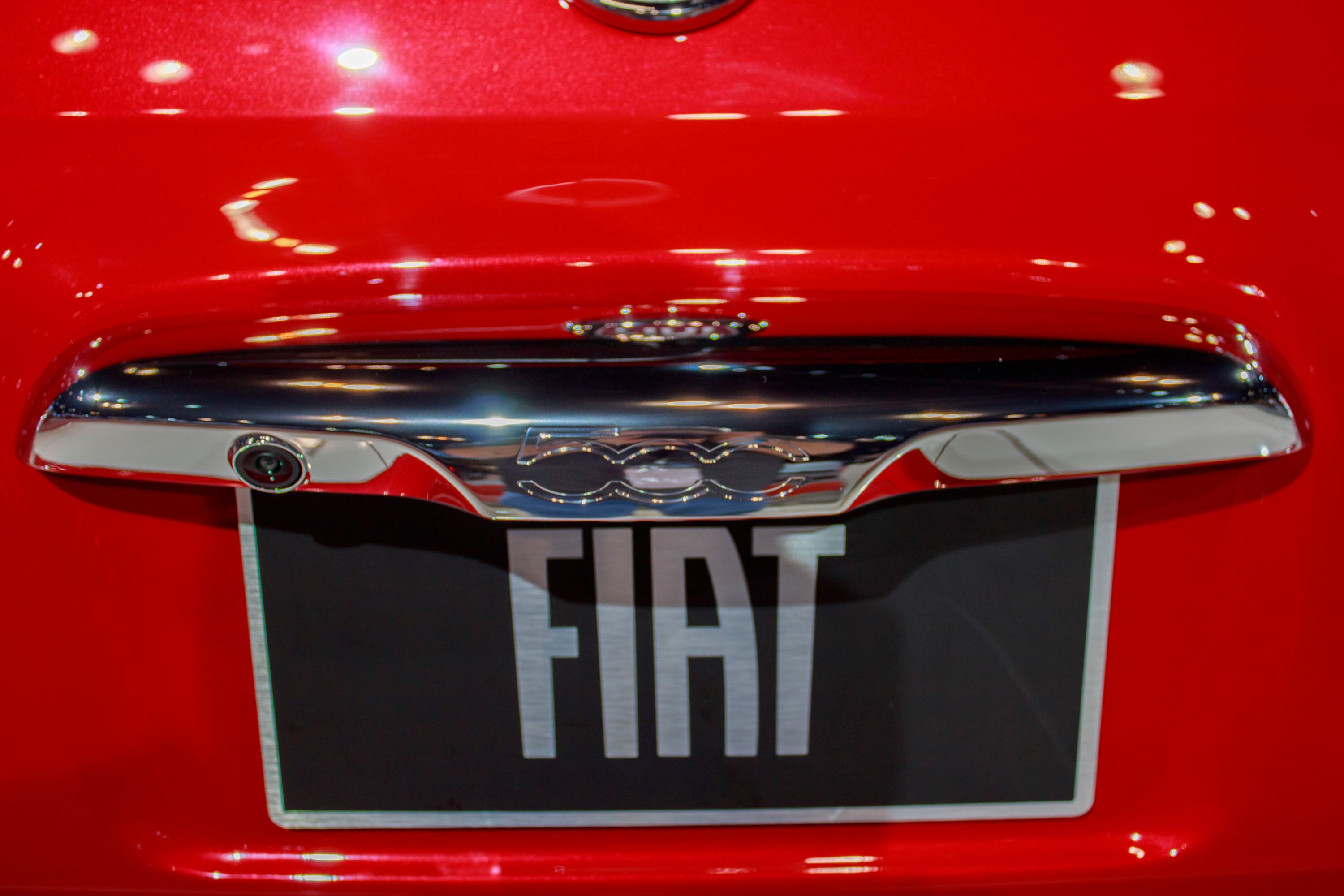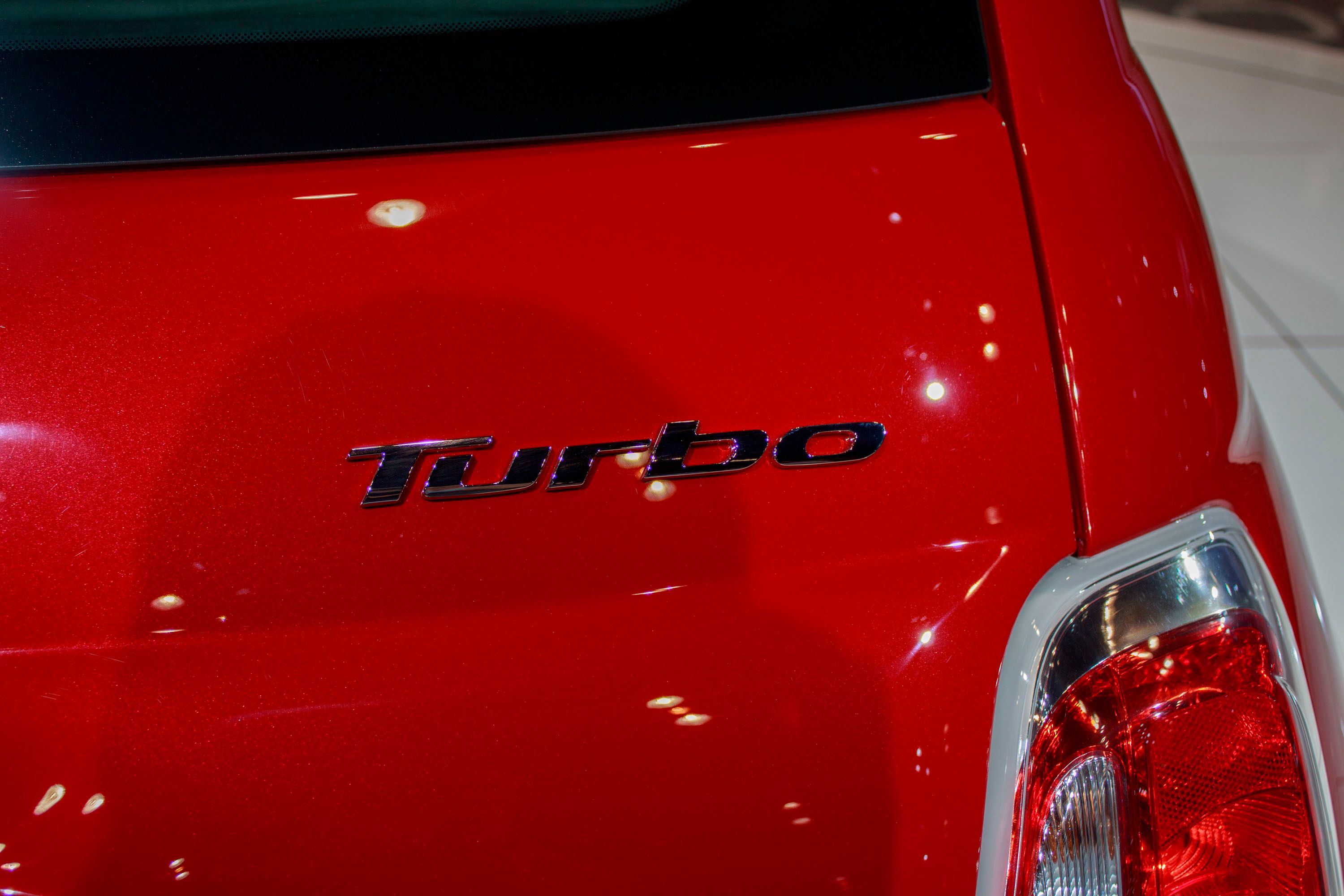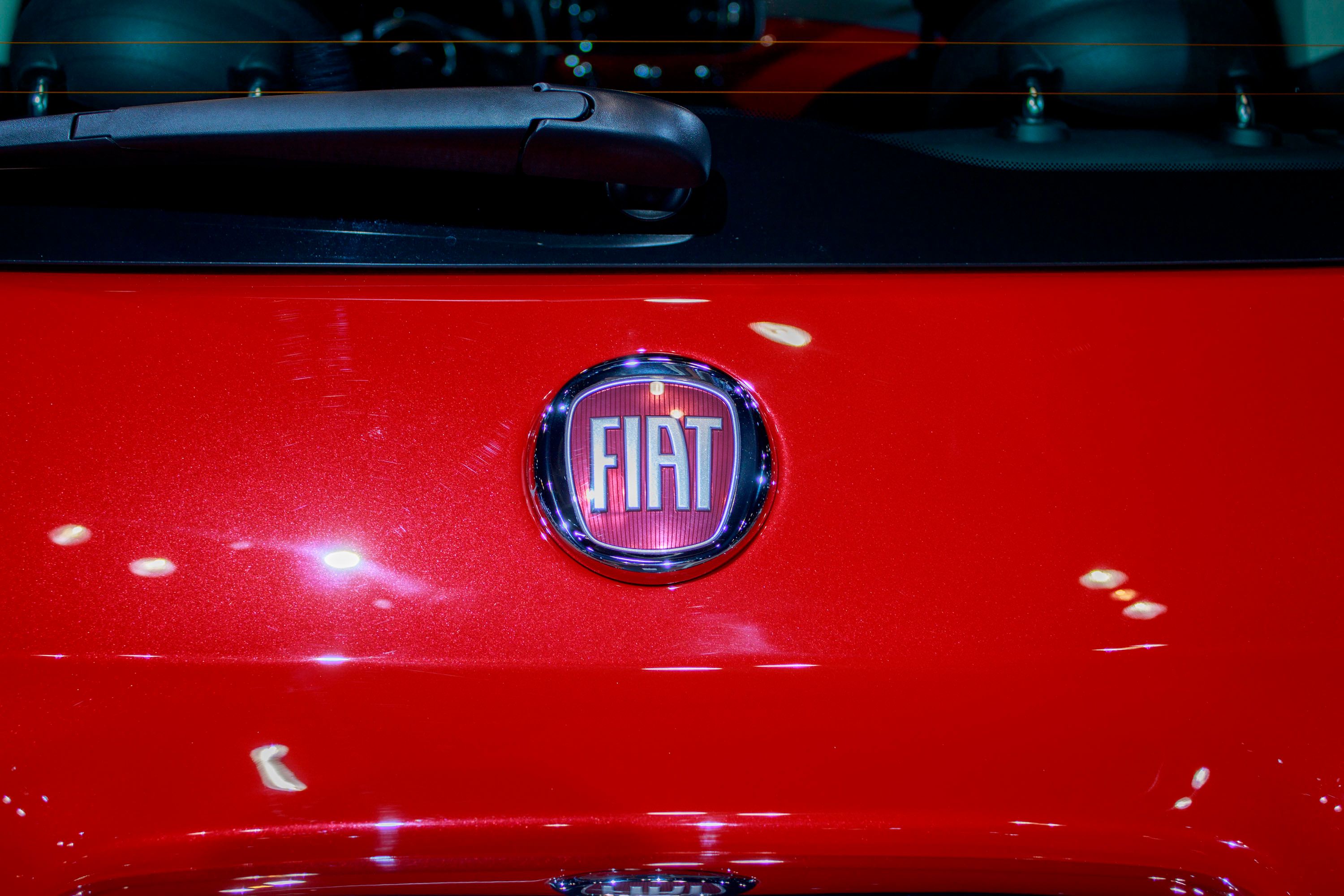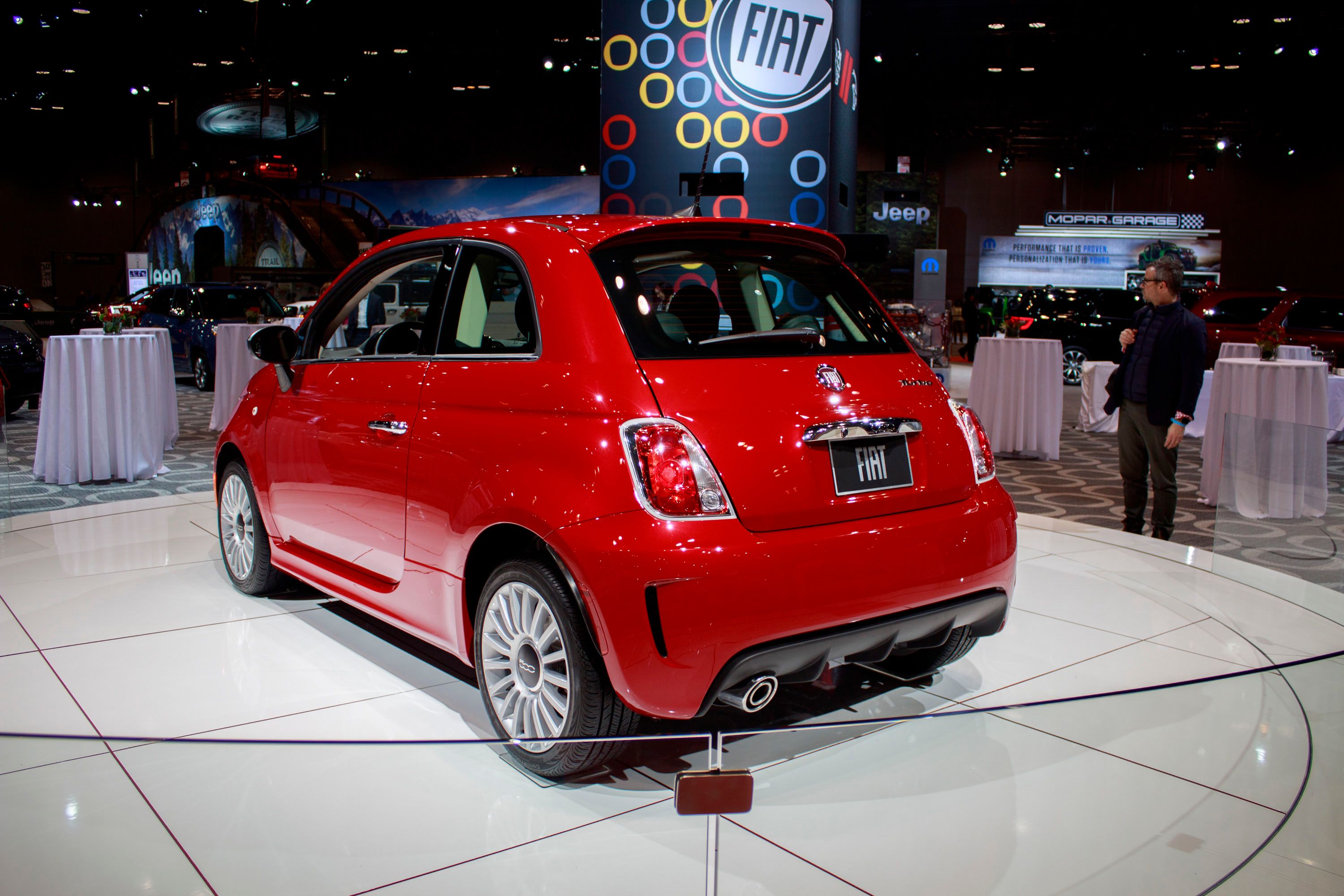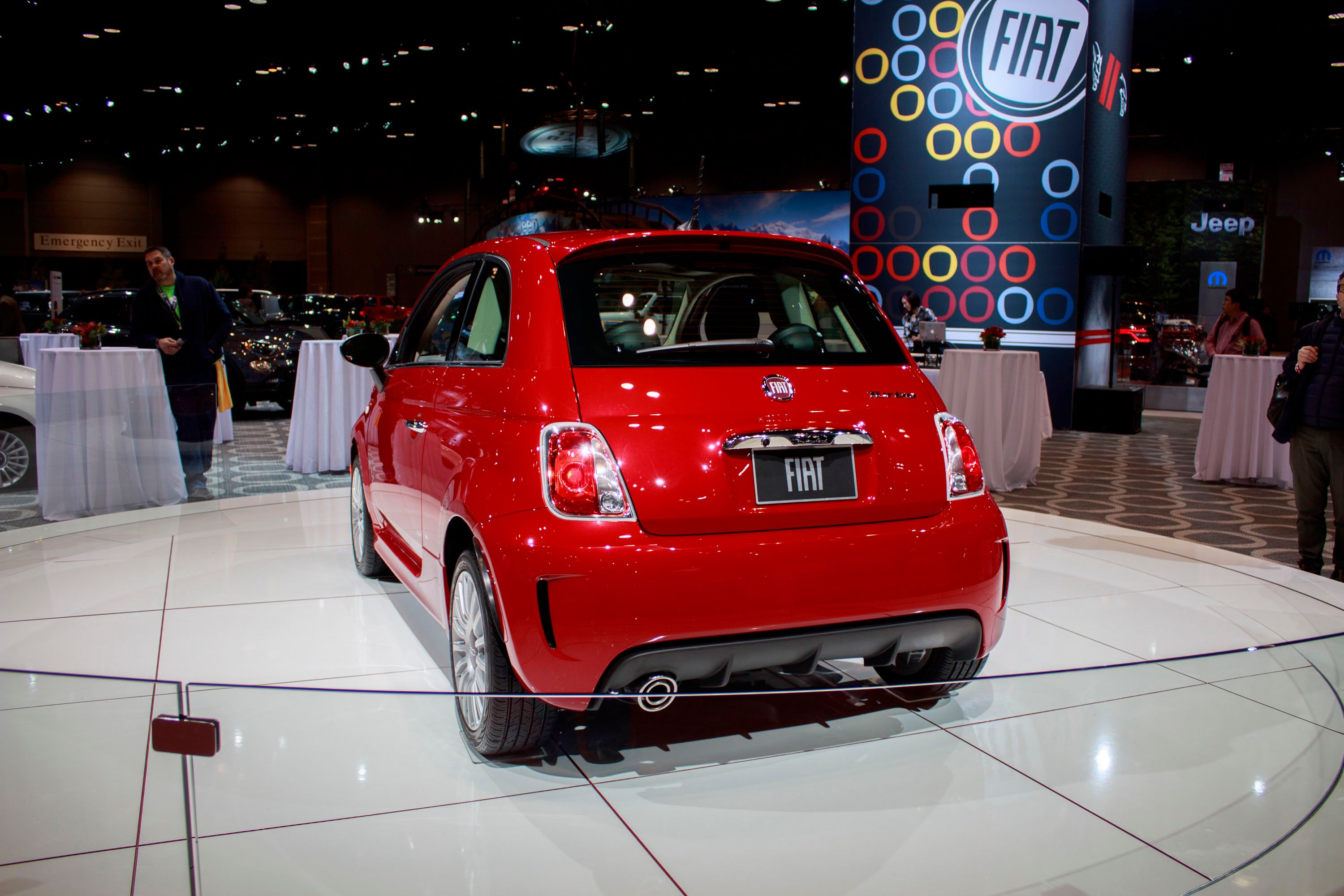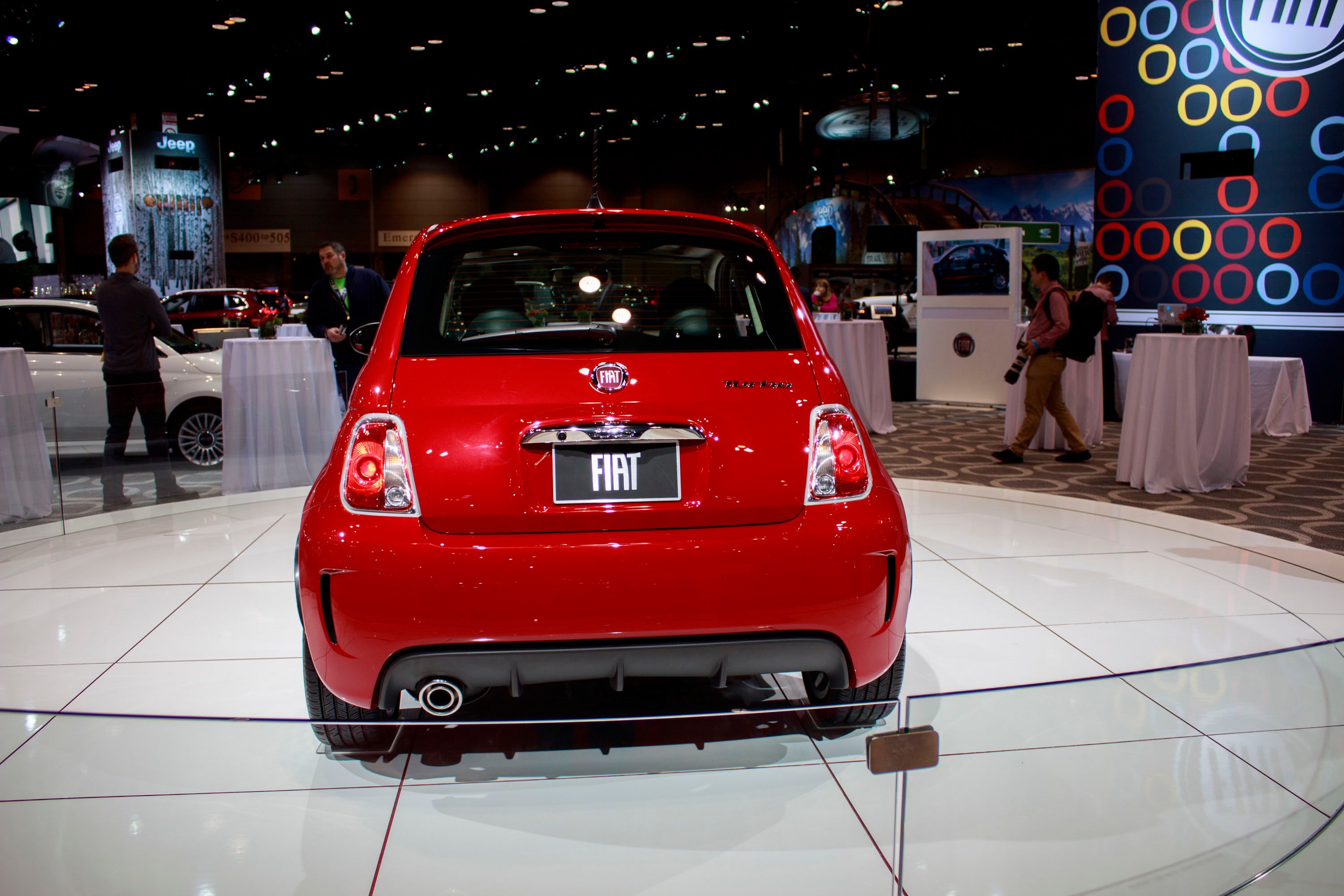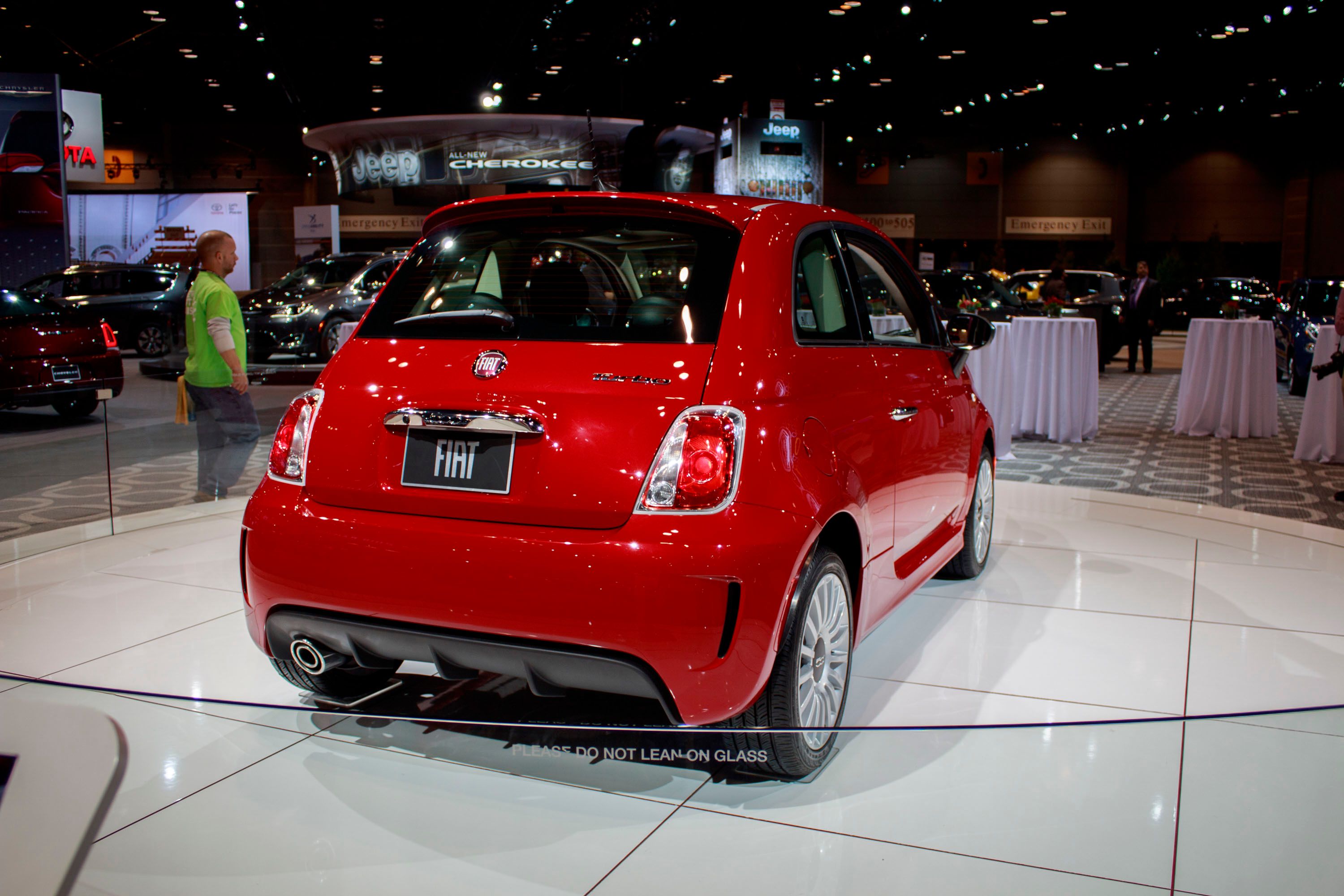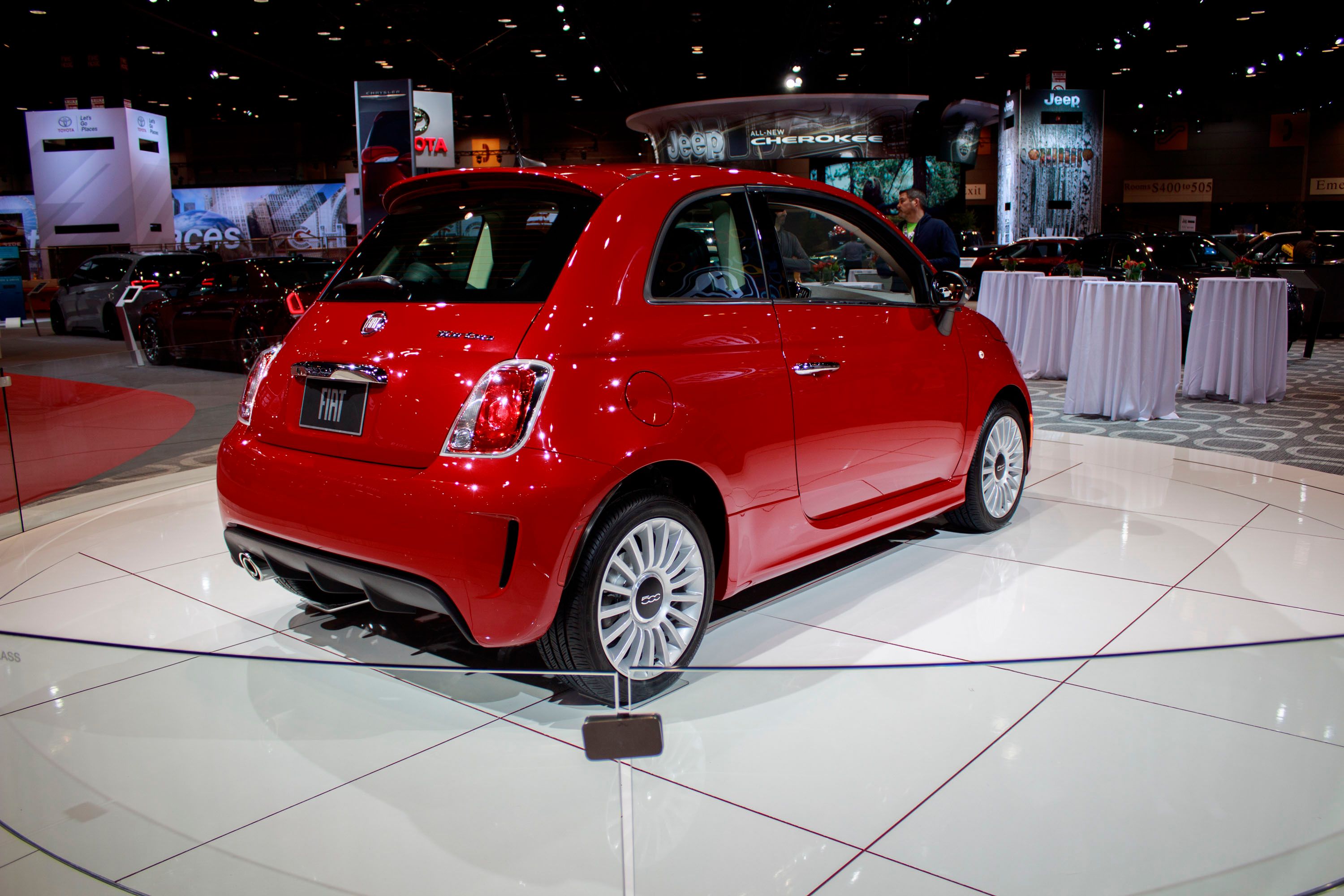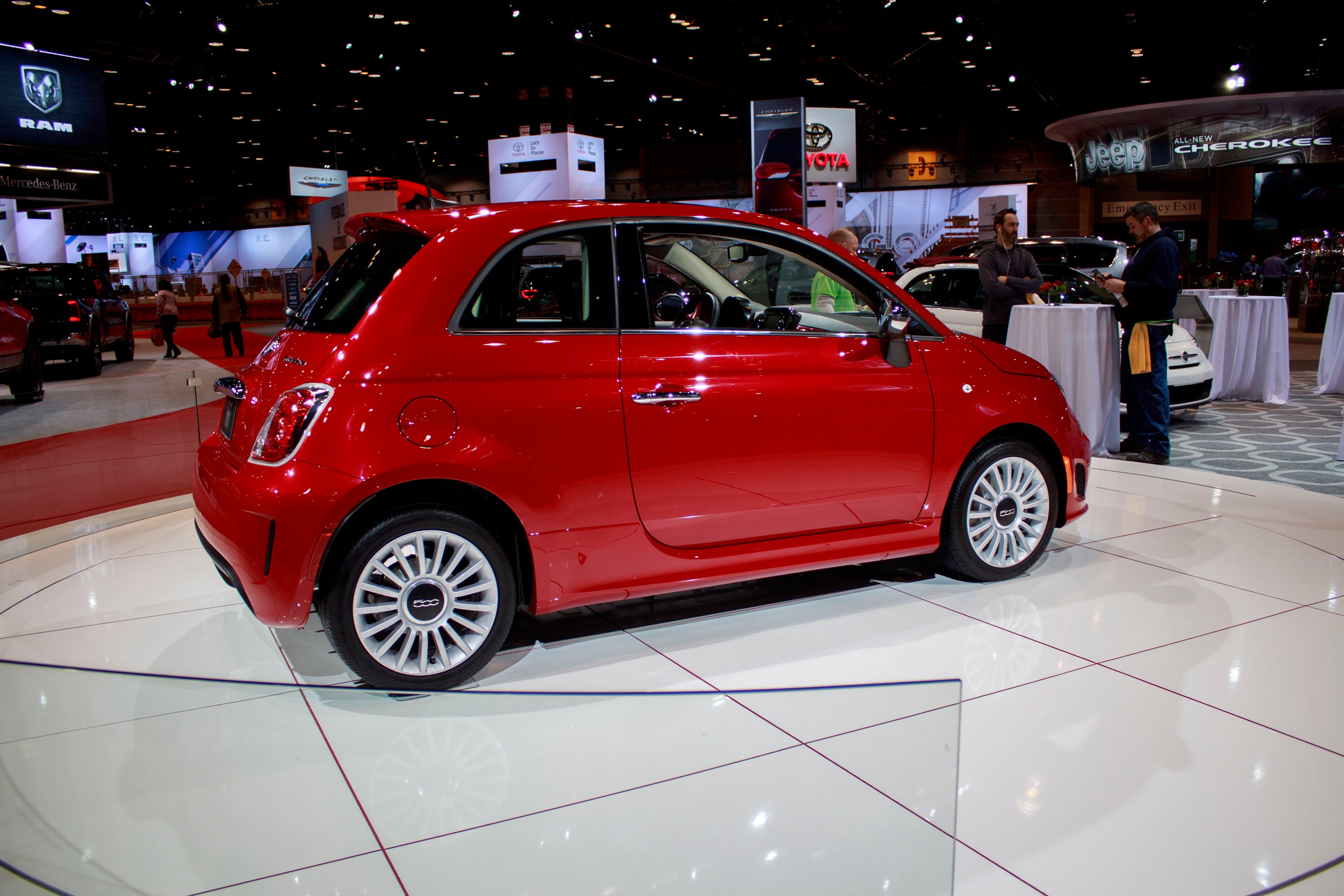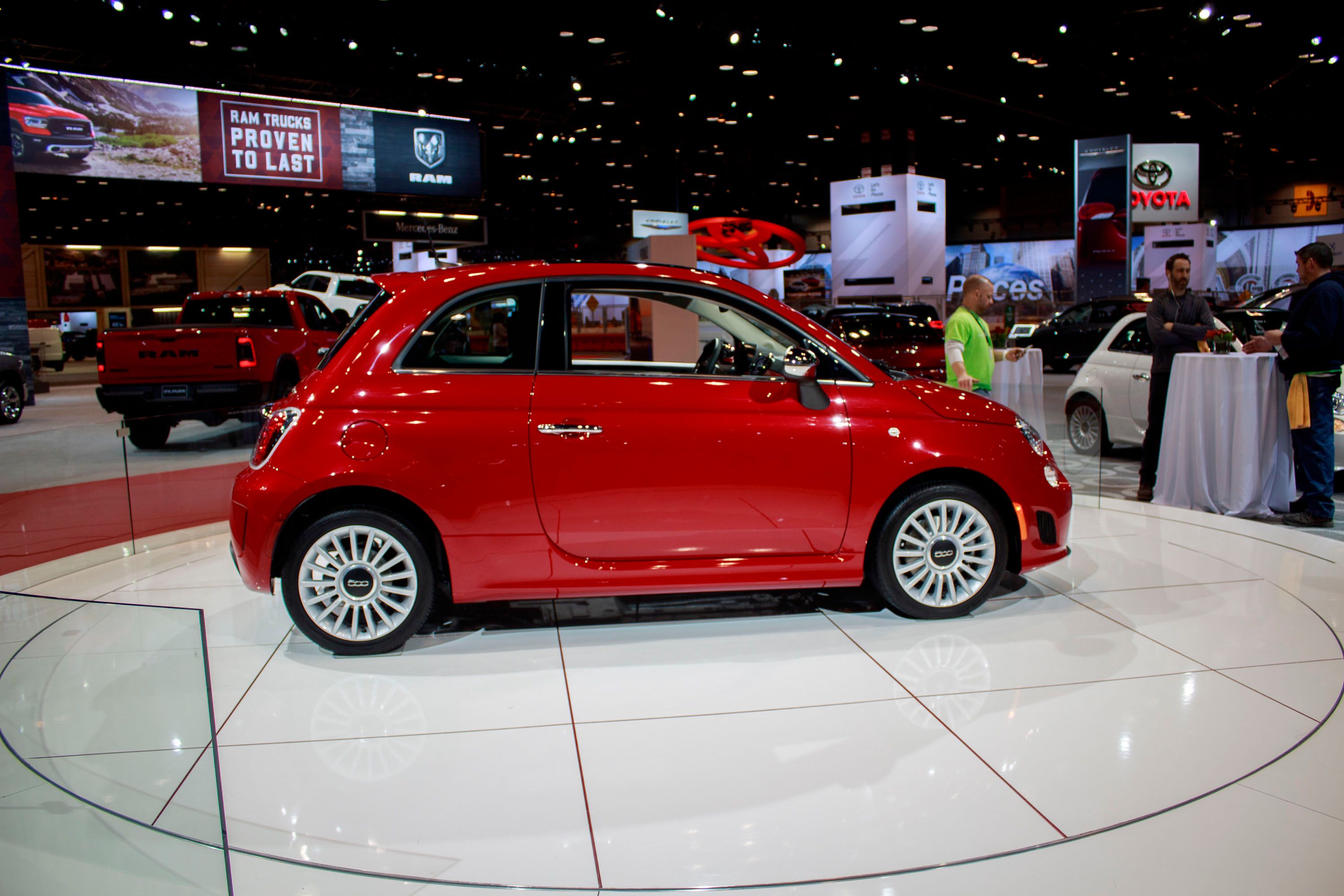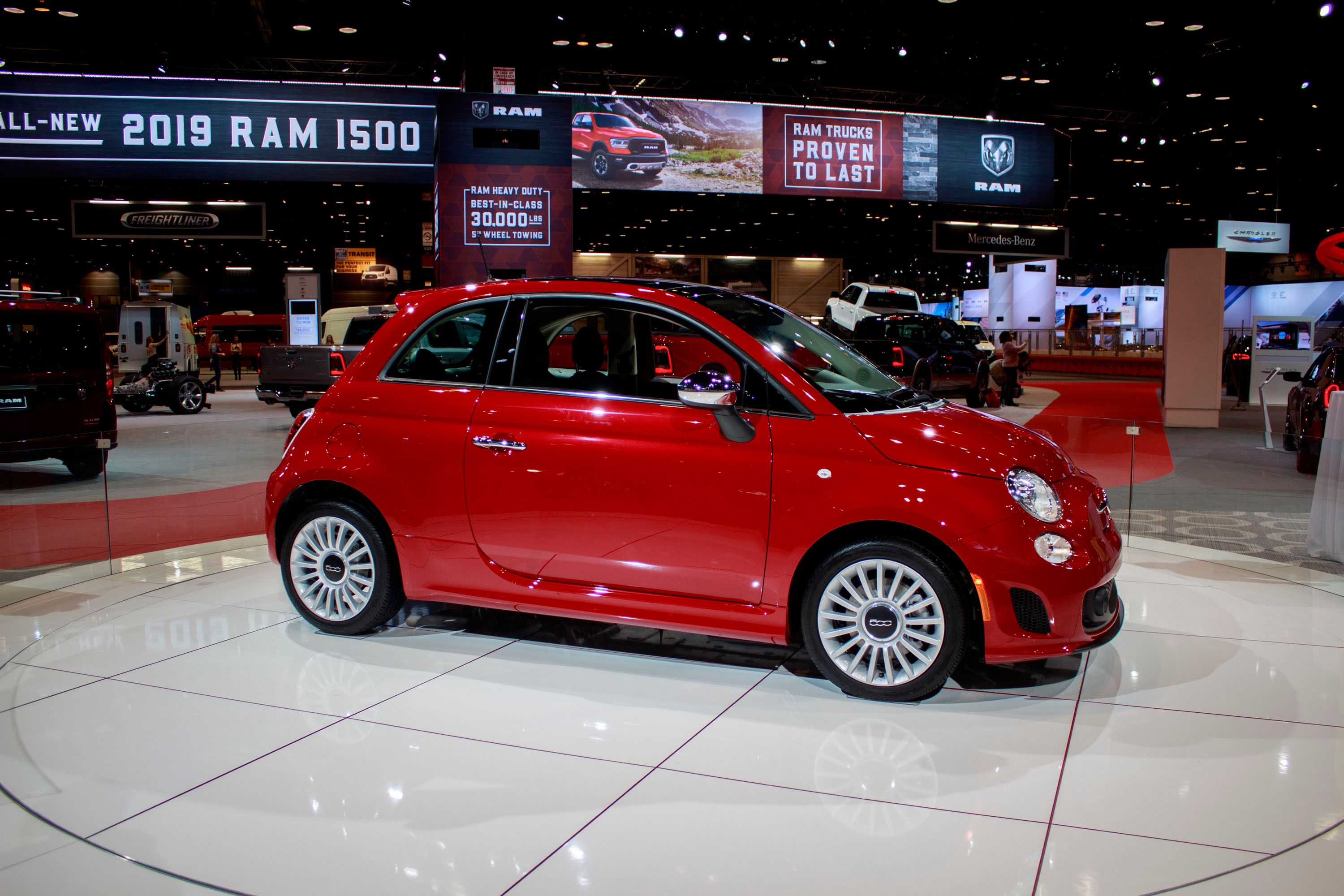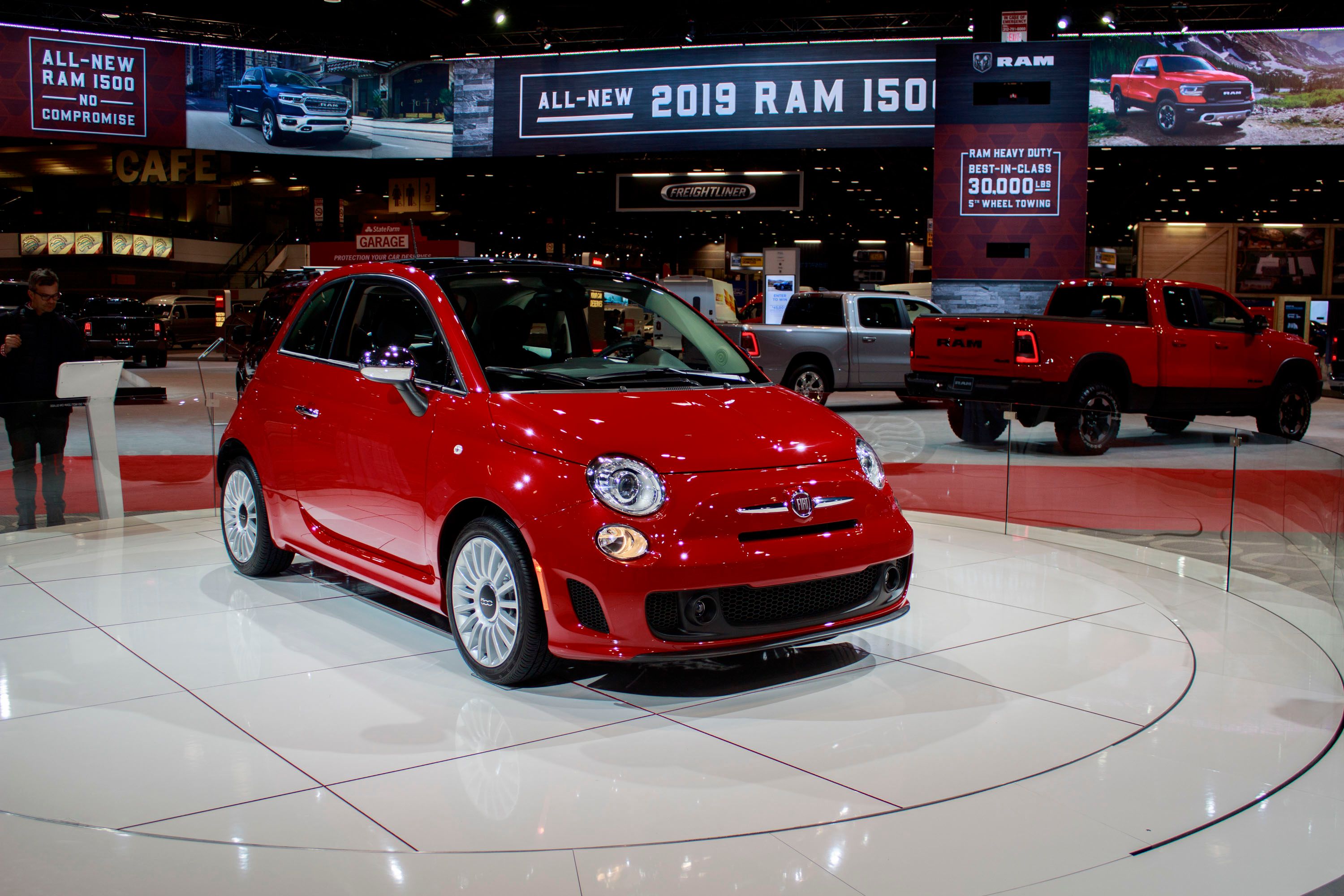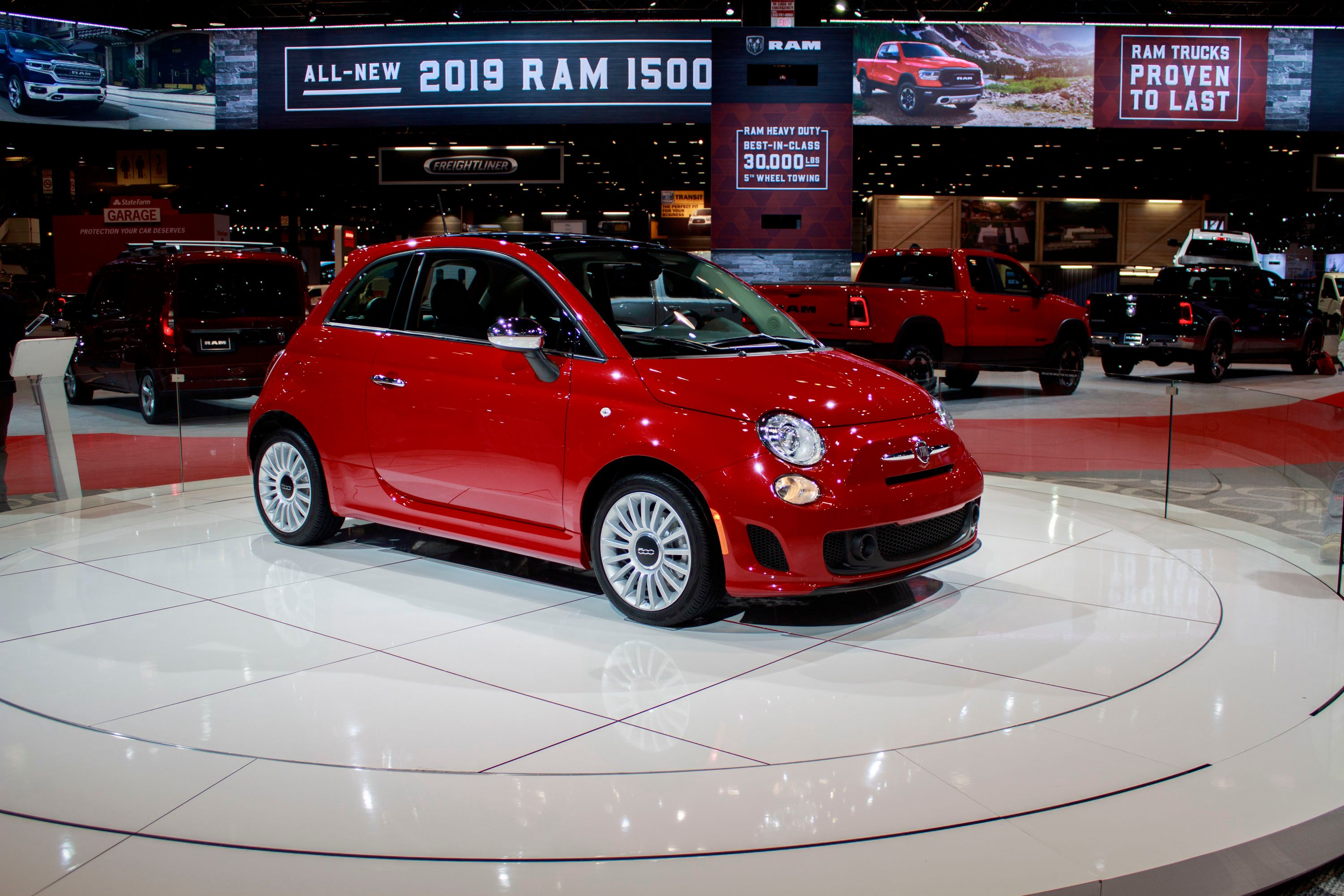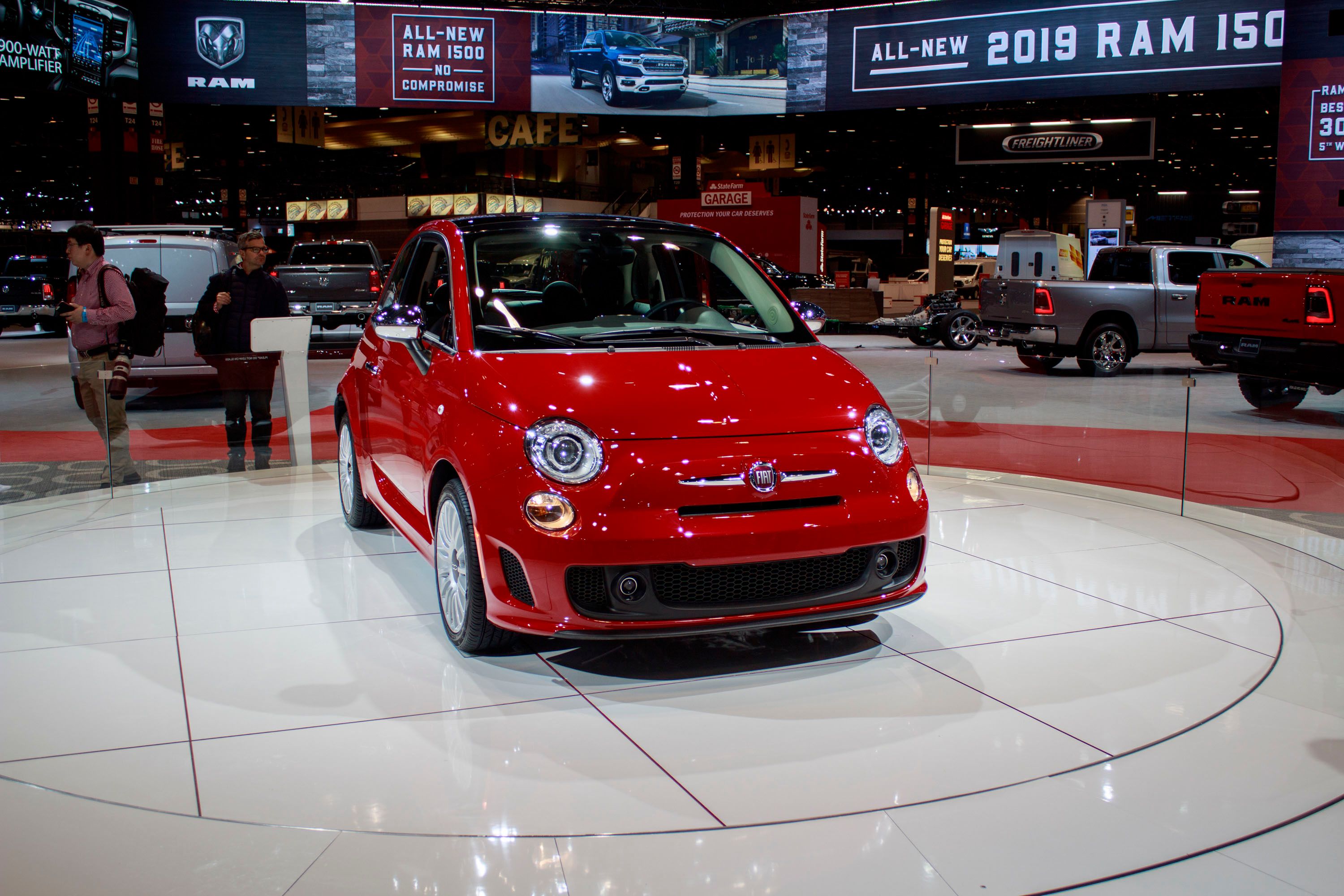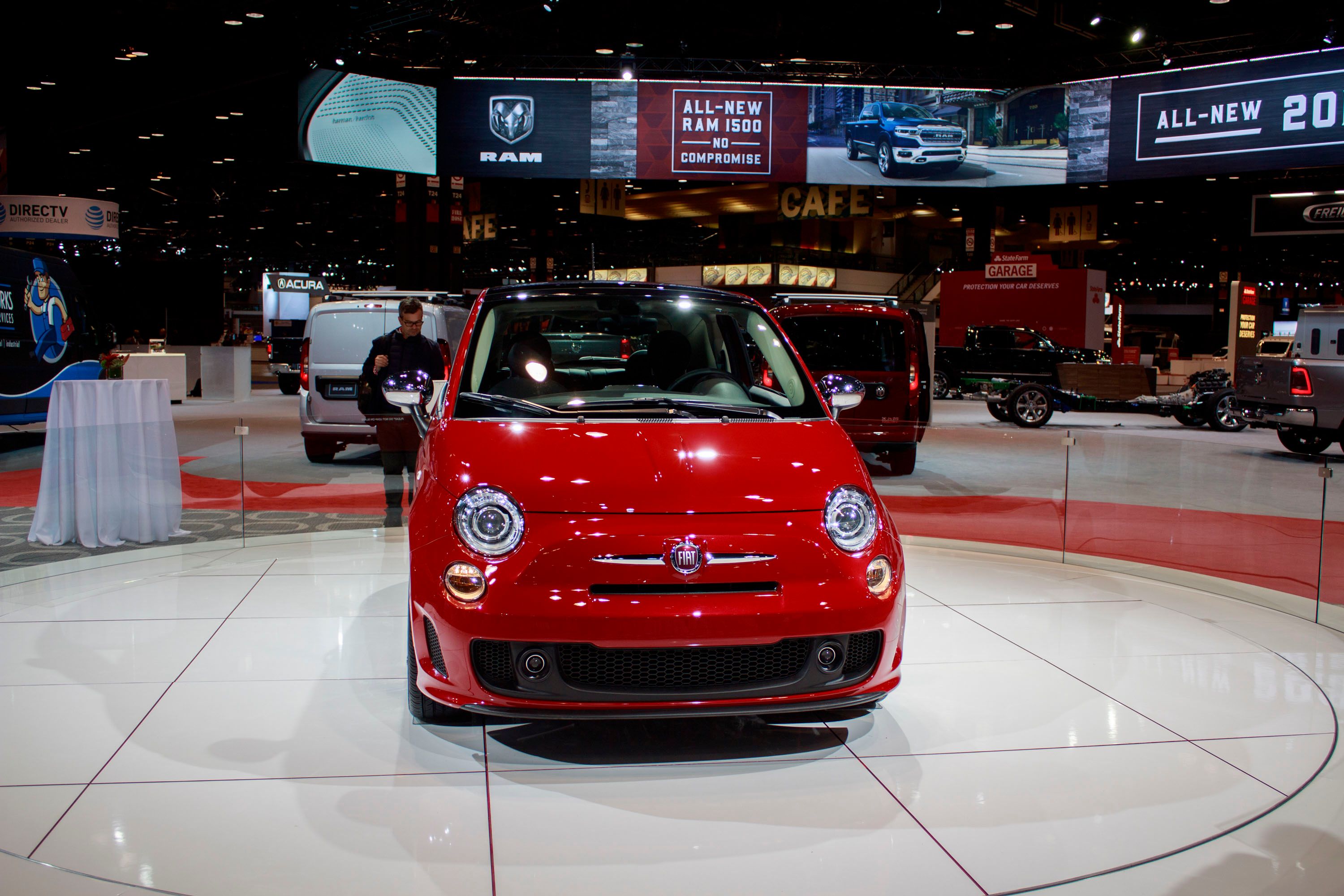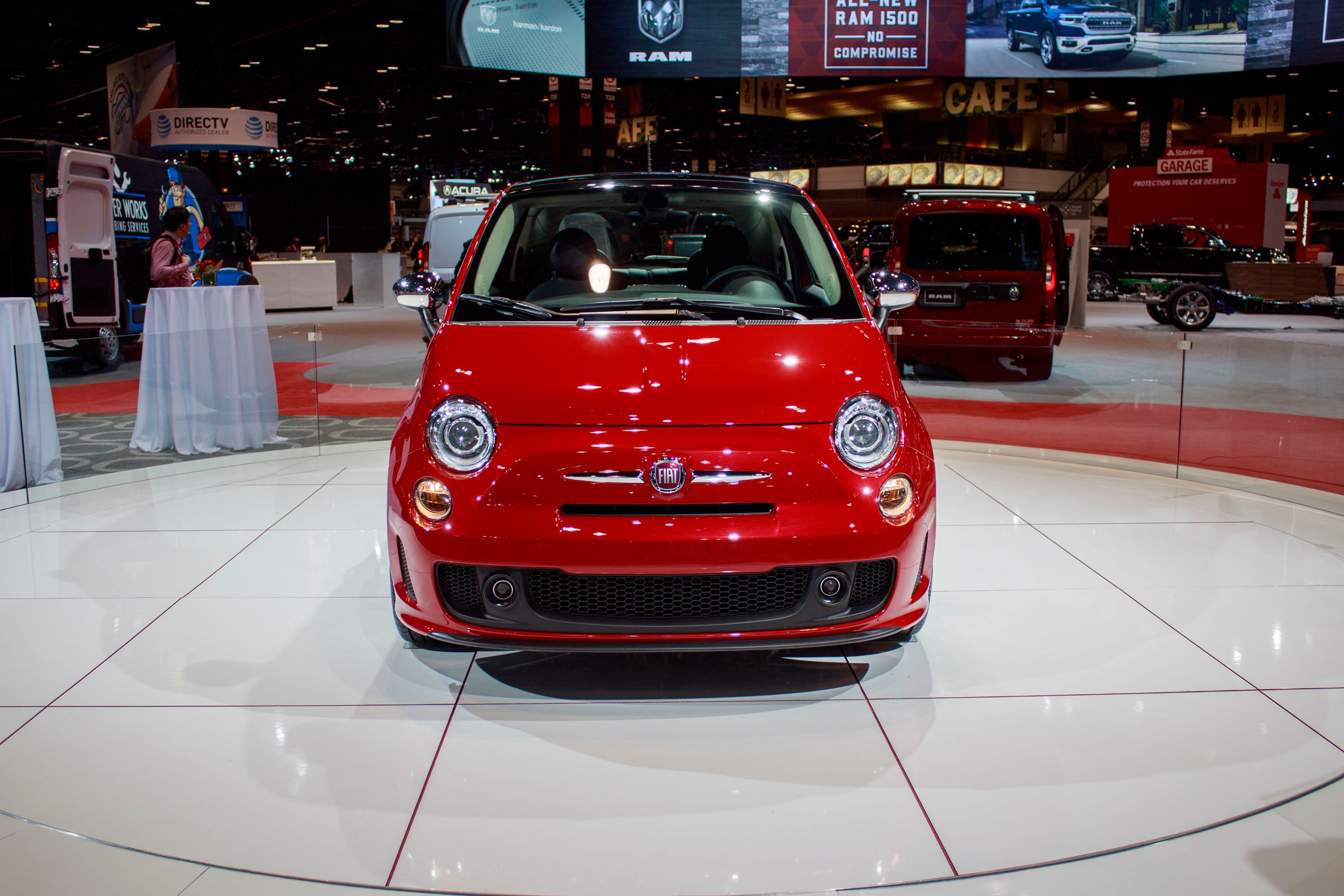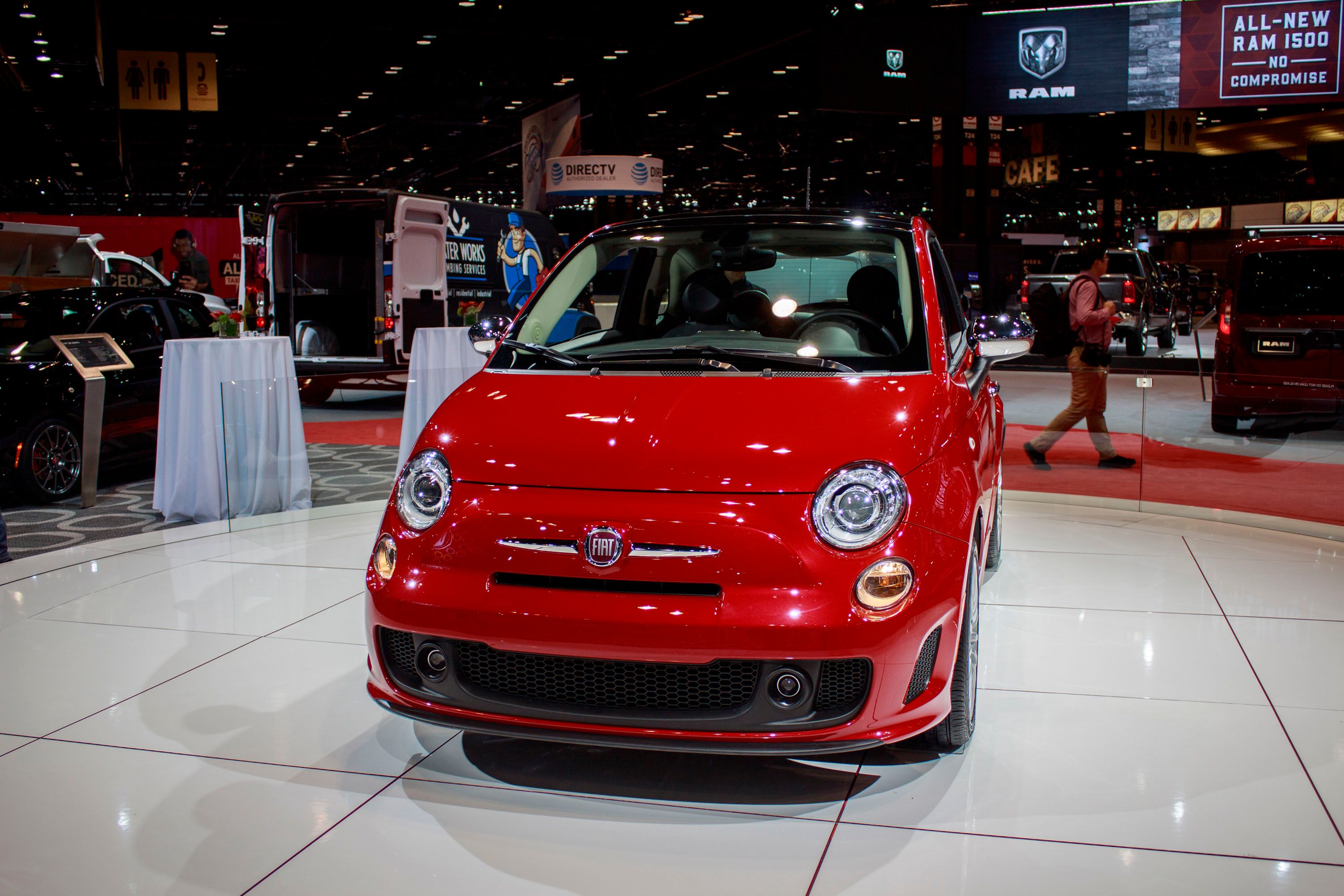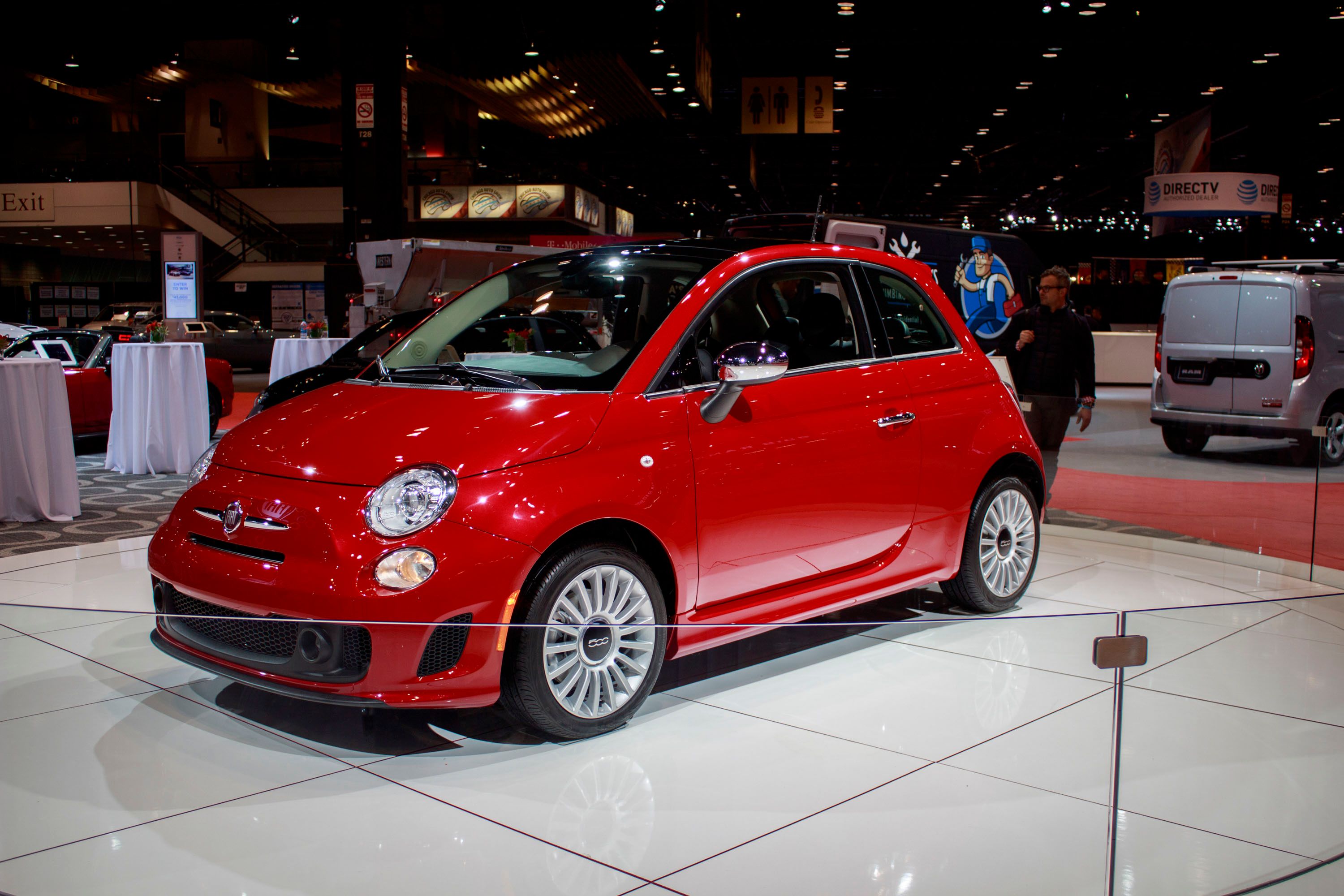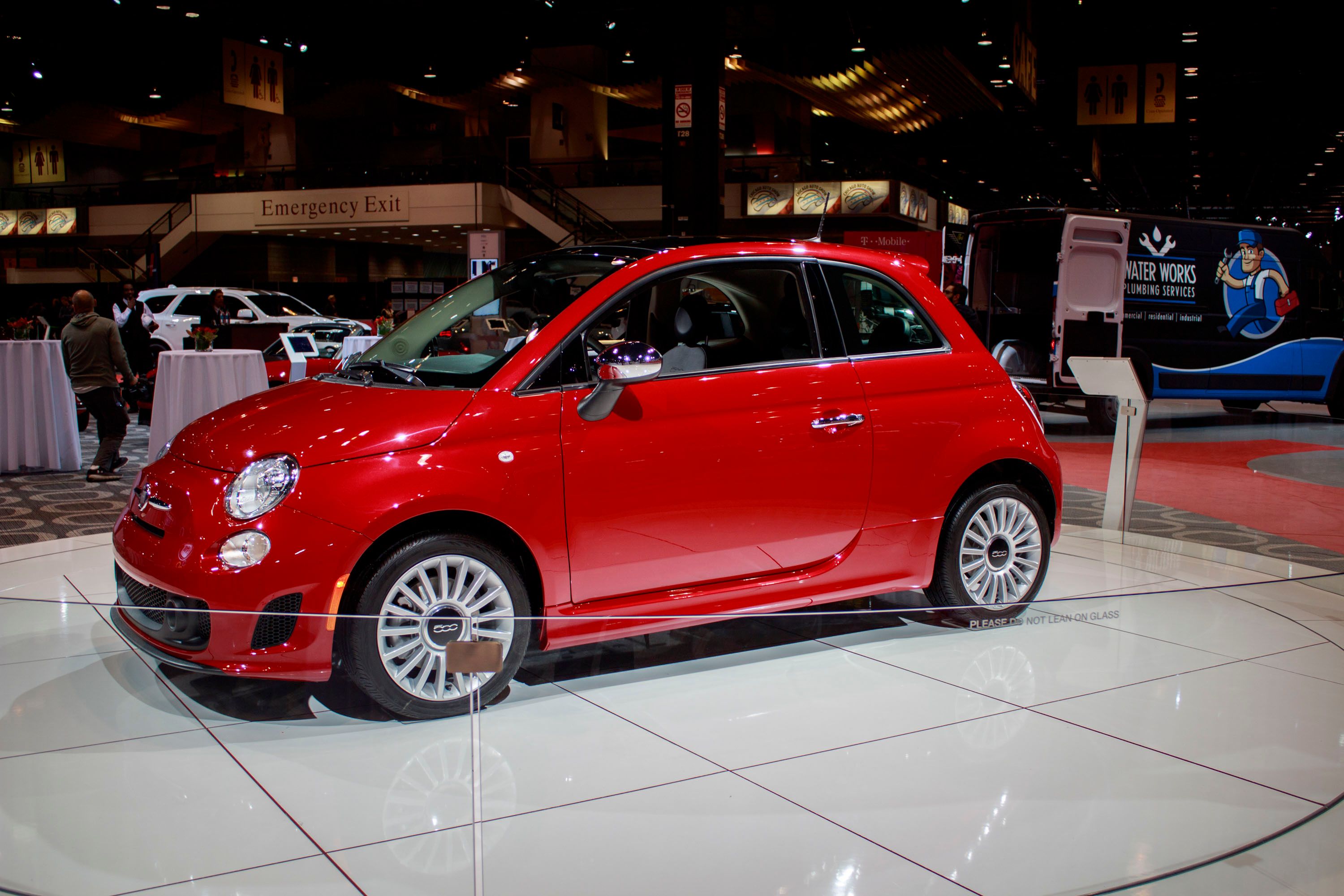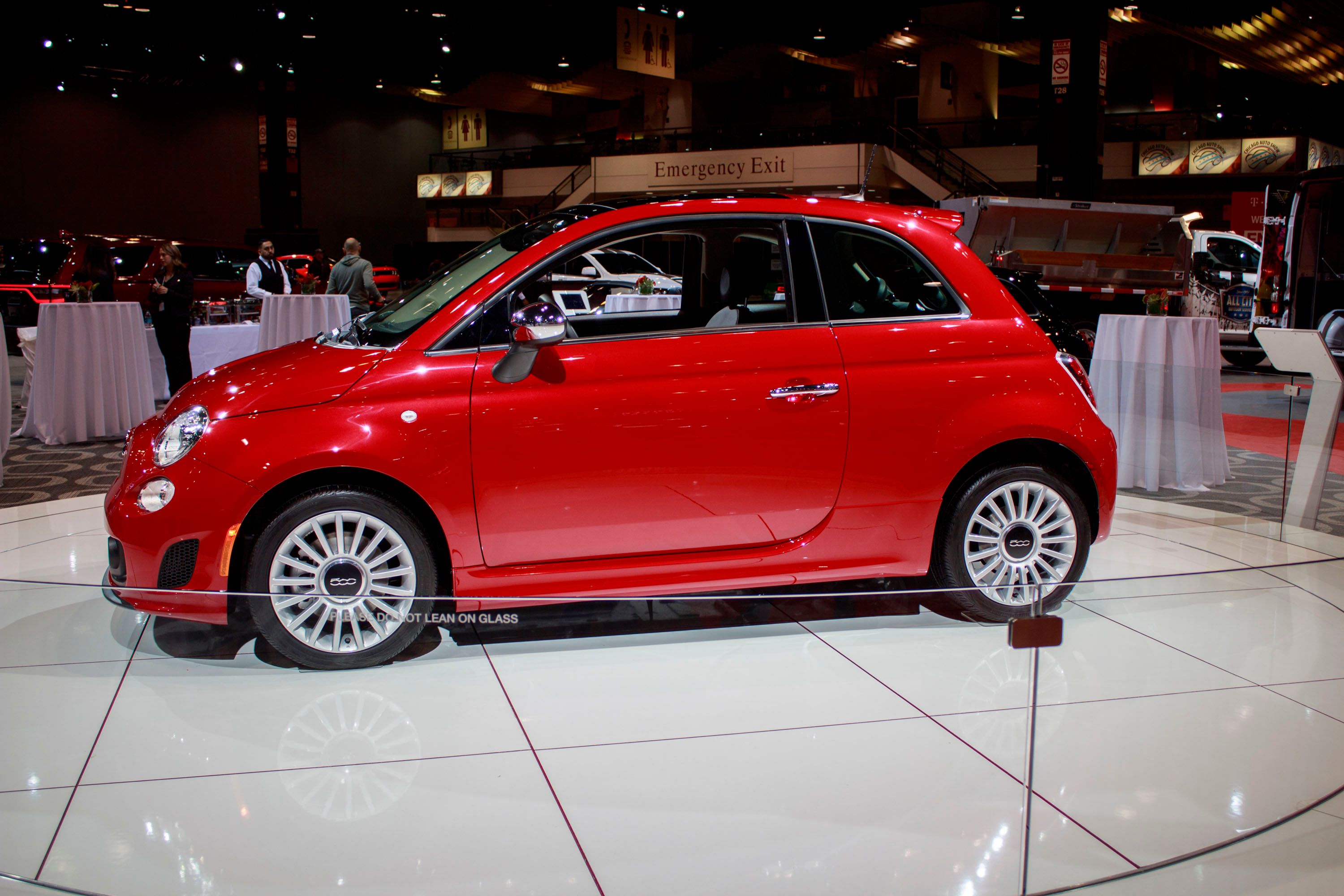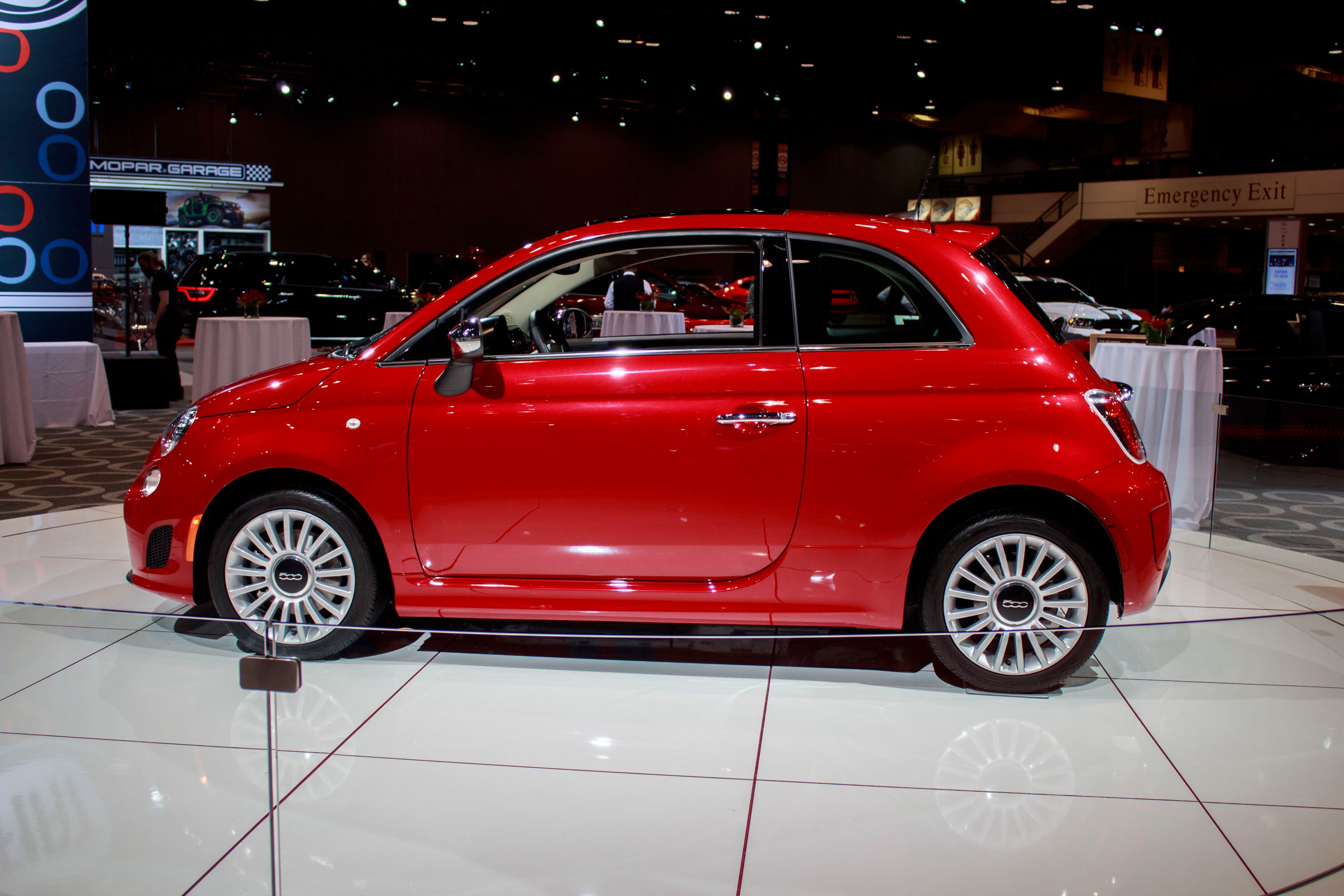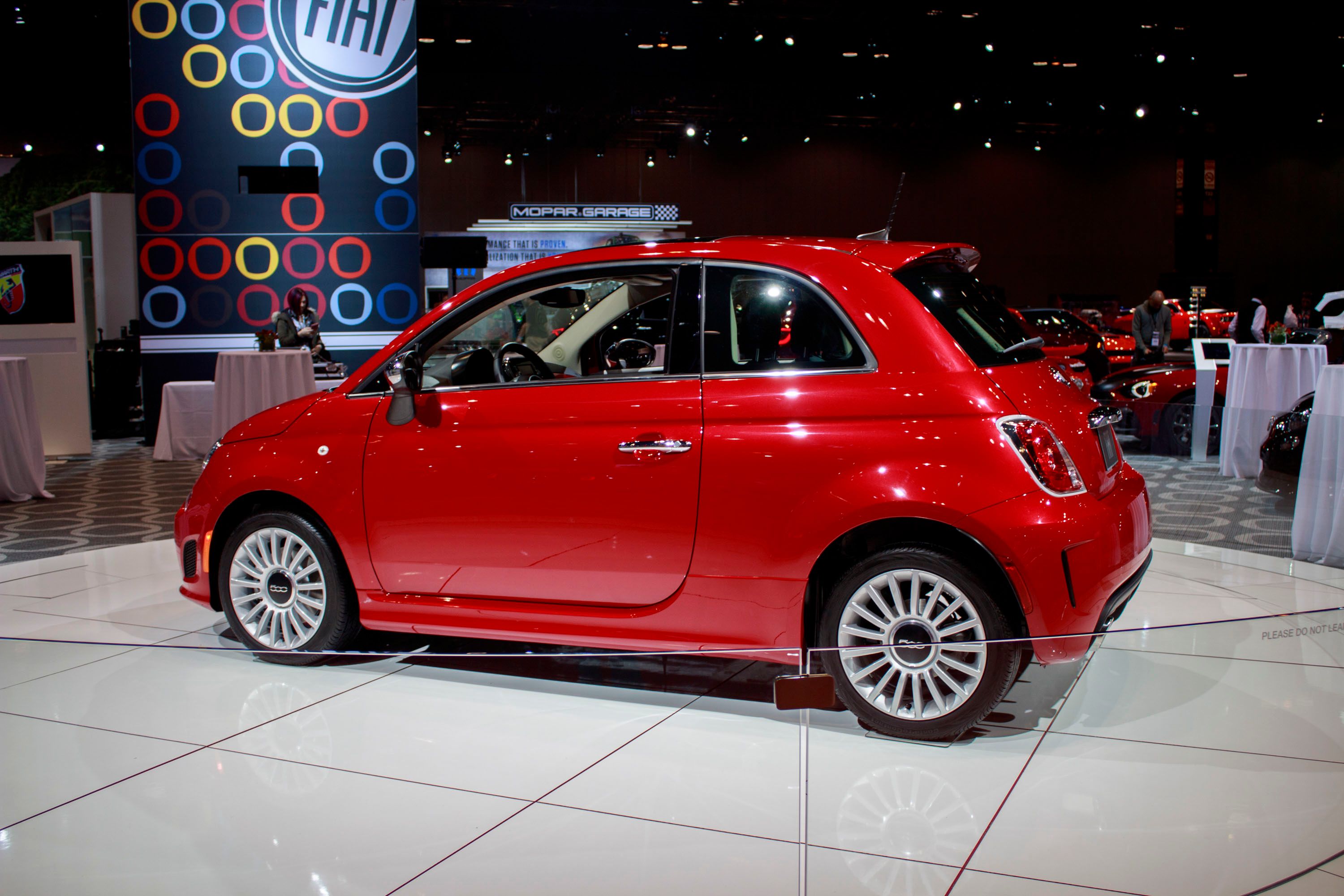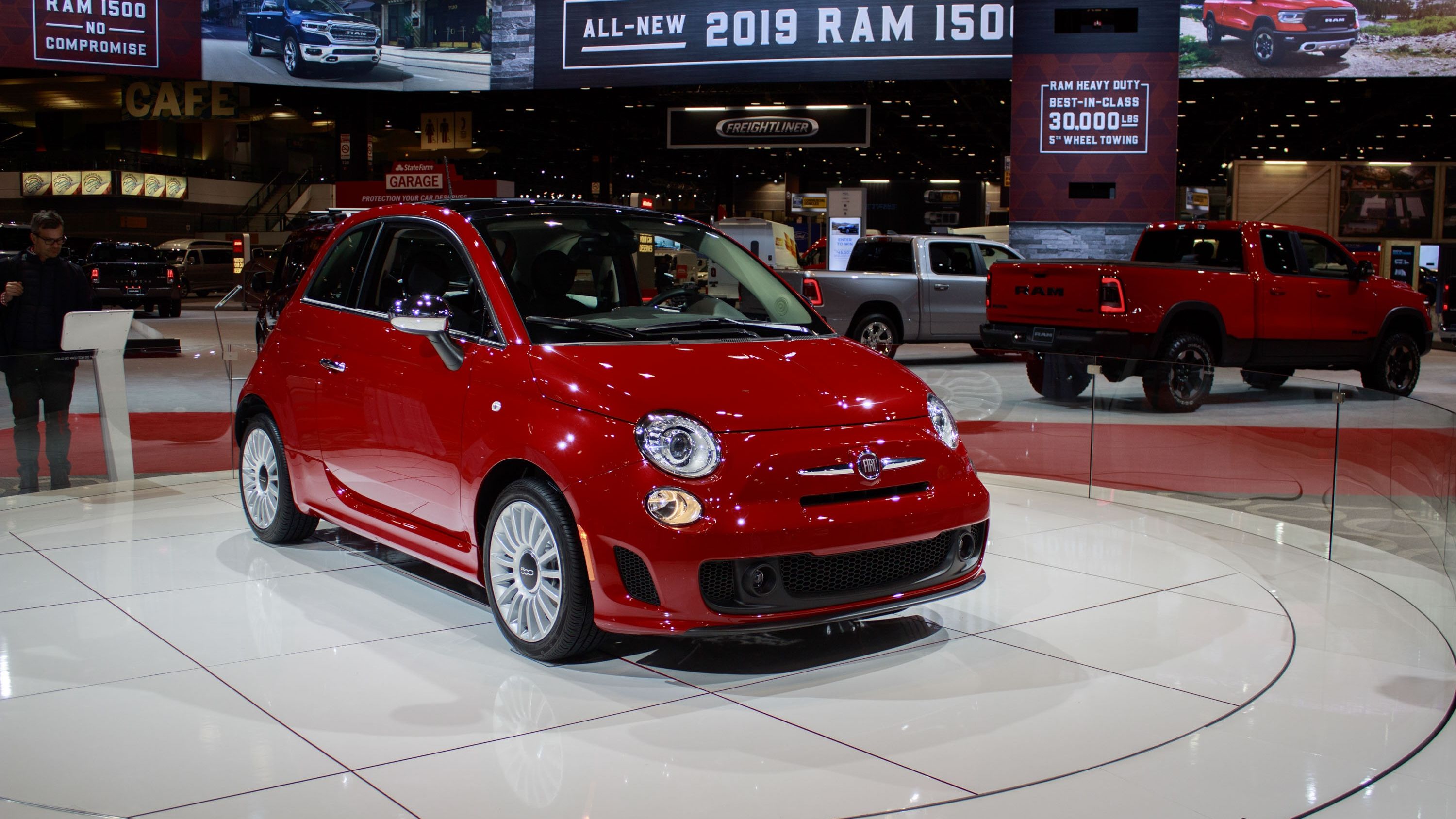One of Fiat's most iconic nameplates, the 500 was originally introduced in 1957 and kept in production for almost two decades, until 1975. The nameplate was revived in 2007 as a neo-retro design based on the first mini car. It was Fiat's answer to the modern Volkswagen Beetle and Mini Cooper, introduced in 1997 and 2000, respectively. The new 500 was received with great enthusiasm, and the addition of convertible and Abarth models made it that much more popular. However, unlike the Mini Cooper, the 500 soldiered on unchanged for years, with its first update launched in 2015. Three years have passed, and Fiat is again updating the small hatchback.
Unveiled at the 2018 Chicago Auto Show alongside the rest of Fiat's North American lineup, the update is far from spectacular, but it does add a few new features to the 500's cute exterior. The interior carries over unchanged, which is somewhat disappointing, but the drivetrain department has a new engine to brag about. It's not as new as it is rehashed from an old model, but it's significantly more powerful than the outgoing unit. More about that in the review below.
Continue reading to learn more about the Fiat 500.
2018 Fiat 500
- Make: Array
- Model: 2018 Fiat 500
- Engine/Motor: inline-4
- Horsepower: 135
- Torque: 150
- [do not use] Vehicle Model: Array
Exterior
Although it's no less than 11 years old as of 2018, the Fiat 500 didn't get so many updates with this refresh. The same thing happened in 2016, when the mid-cycle facelift changed just a few things here and there. Fiat claims that the revised 500 boasts a sportier appearance, but a quick comparison to the outgoing model reveals that it's mostly just PR talk.
Up front, the tiny hatchback gets a bit less chrome and a revised bumper with new intakes. The layout is very similar to that of the outgoing Abarth model, with the side vents brought into the same opening as the main intake. The fog lamps have also been replaced with new units and moved on each side of the inner intake. The bumper has one more vent on each side, toward the wheel, yet another feature borrowed from the Abarth. Everything else remains unchanged here.
Sure, I guess I could say that an Abarth-inspired bumper makes the 500 look a bit sportier, but it's not like we haven't seen this layout in the past. Fiat needs to do better to get an "attaboy" from me.
Onto the sides, there are new 16-inch aluminum wheels to run buy. These come standard, as do the "side-sill ground effects." The latter are actually the same side skirts, but with barely noticeable changes. Fortunately, there are more significant changes to talk about around back. And it's here where the 500 is indeed a bit more aggressive, thanks to the larger spoiler on the roof and the diffuser-like element with three fins. And the larger exhaust too. Other changes include the revised chrome trim atop the license plate and the "turbo" badge on the liftgate.
The updated 500 lineup also features three new colors for 2018: Brillante Red, Mezzanotte Blue Pearl, and Vesuvio Black Pearl. The lineup now includes 11 exterior paint color choices.
Interior
While the exterior gained a few nips and tucks, the cabin carries over with no changes whatsoever, outside a standard Parkview rear backup camera. This means that you'll get the same updates that Fiat introduced with the 2016-model-year facelift.
Back then, the 500 received a more advanced instrument panel with a seven-inch, high-definition TFT cluster display, allows drivers to easily check up on important data like speed, fuel level, Eco index and trip information. The screen also works as a rearview display any time the 500 is put in reverse.
The center console was also redesigned to become more useful and easier to navigate for both the driver and the front passenger. Other upgraded included a new cup holder design, a new USB port integrated into the radio, as well as Bluetooth streaming audio.
Granted, the cabin design and the technology available are far from dated, but I think that the Fiat 500 is significantly behind its main competitor, the Mini Cooper.
Drivetrain
The biggest news about this update is under the hood, where the previous naturally aspirated, 1.4-liter engine was replaced by its turbocharged sibling. Available on both the Pop and Lounge trims as standard, the mill, which uses a single turbo unit and twin intercoolers, cranks out 135 horsepower and 150 pound-feet of torque. That's a solid 34 horsepower and a whopping 52 pound-feet more than the outgoing model!
But there's a catch.
While it may seem new, the turbo-four powerplant is actually quite a few years old. This engine was offered with the same rating in the 500 Turbo in the U.S. between 2013 and 2016 and in an Abarth model with slightly different power rating outside North America.
Don't get me wrong, it's great that the 500 now comes with more oomph, but I just wanted to point out the engine is far from new.
By discontinuing the naturally aspirated engine in the U.S., Fiat also reduced the gap between the regular 500 and the Abarth, as the latter is only 25 horsepower and 20 pound-feet above. The regular 500 also gained a sport-tuned exhaust system, a sportier suspension setup, and a performance braking system, so it remains to be seen how this move will affect Abarth sales.
Transmission options remain similar, so you can still choose between the standard five-speed manual or the optional six-speed automatic.
Prices
Pricing for the revised model isn't yet available, but the sticker should increase by much given that Fiat is using an existing engine. For reference, the current Pop trim retails from $14,995, while the Lounge version fetched $18,495 before options. The Abarth model comes in at $19,995.
Competition
Mini Cooper
Also, a neo-retro design based on a classic icon, the Mini Hatch competes in the same segment, although the British car has grown in size significantly over the past decade. The Cooper was most recently redesigned in 2013, so it looks quite fresh compared to the 500. Its interior is also a tad fancier and comes with a more modern feel. Engines include various gasoline and diesel options globally, but the U.S. market is restricted to three versions. The base Cooper uses a 1.5-liter three-cylinder rated at 134 horsepower and 162 pound-feet of torque, while the Cooper S uses a 2.0-liter four-cylinder with 189 horsepower and 207 pound-feet. Finally, the range-topping John Cooper Works model, which competes against the Abarth 500, gets 228 horses and 236 pound-feet of twist from a beefed-up 2.0-liter four-cylinder mill. Pricing starts at $21,600, which makes the Cooper significantly more expensive than the Fiat 500.
Read our full story on the 2018 Mini Cooper.
Volkswagen Beetle
The Beetle was the first iconic classic model to be revived as a neo-retro car and pretty much the model car that prompted Mini and Fiat to do the same with the Cooper and 500. But while the Mini Cooper is doing great and the Fiat 500 is returning solid sales, the Beetle isn't doing very good, and word has it the Germans aren't planning on a successor to the current generation. The latest Beetle is seven years old as of 2018, and while it may seem like a lot, it's pretty new compared to the Fiat 500. At the same time, it's also bigger, being closer to the Mini Cooper in terms of size. Get a Beetle in the U.S., and it will come with a turbocharged, 2.0-liter four-cylinder under the hood. The unit is rated at 174 horsepower and 184 pound-feet of torque and returns up to 33 mpg on the highway. Pricing starts at $20,220.
Read our full review of the 2018 Volkswagen Beetle.
Conclusion
While it may not be as iconic as the original 500, the modern version of the Italian hatchback already enjoys a cult following. This popularity probably explains why Fiat didn't bother to give it significant updates since 2007. It's the kind of privilege these neo-retro design cars get. I mean, most people buy them for the heritage or simply because they're cute. This is actually a good thing, and I think that the 500 is somewhat of an honest car, but Fiat should really consider a redesign, at least under the skin.
References
Fiat 500
Fiat Adds Turbo Fun Across The 500 Lineup At Chicago Auto Show
Read our full review on the 2017 Fiat 500.
Read our full review on the 2017 Fiat 500 Abarth.
Read more Chicago Auto Show news.
Read more Fiat news.



